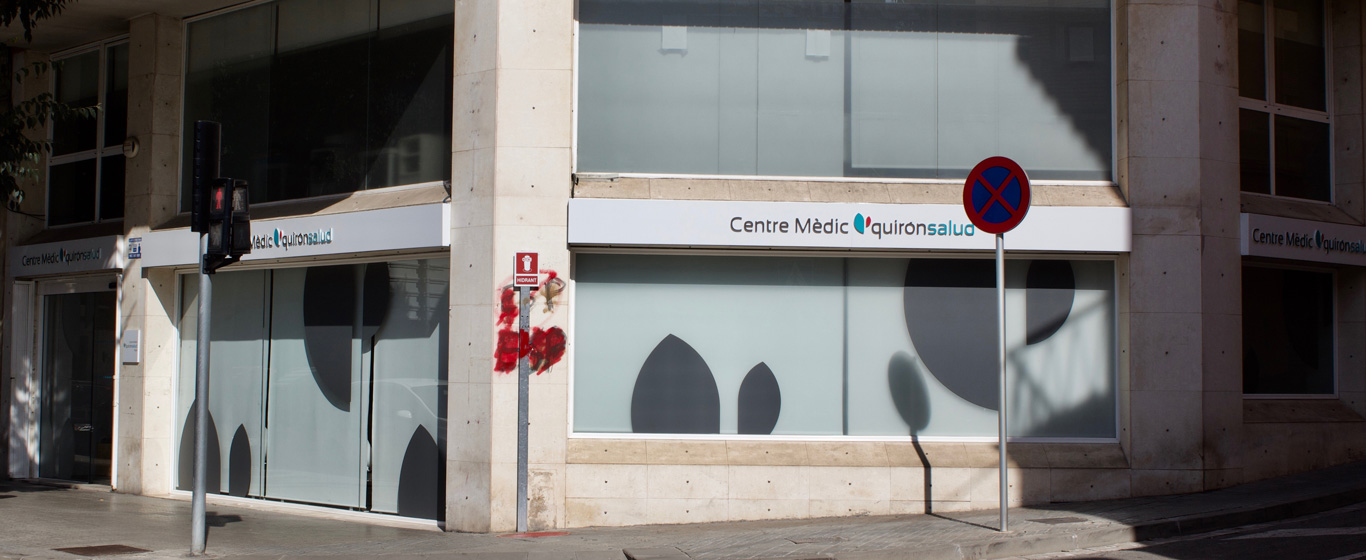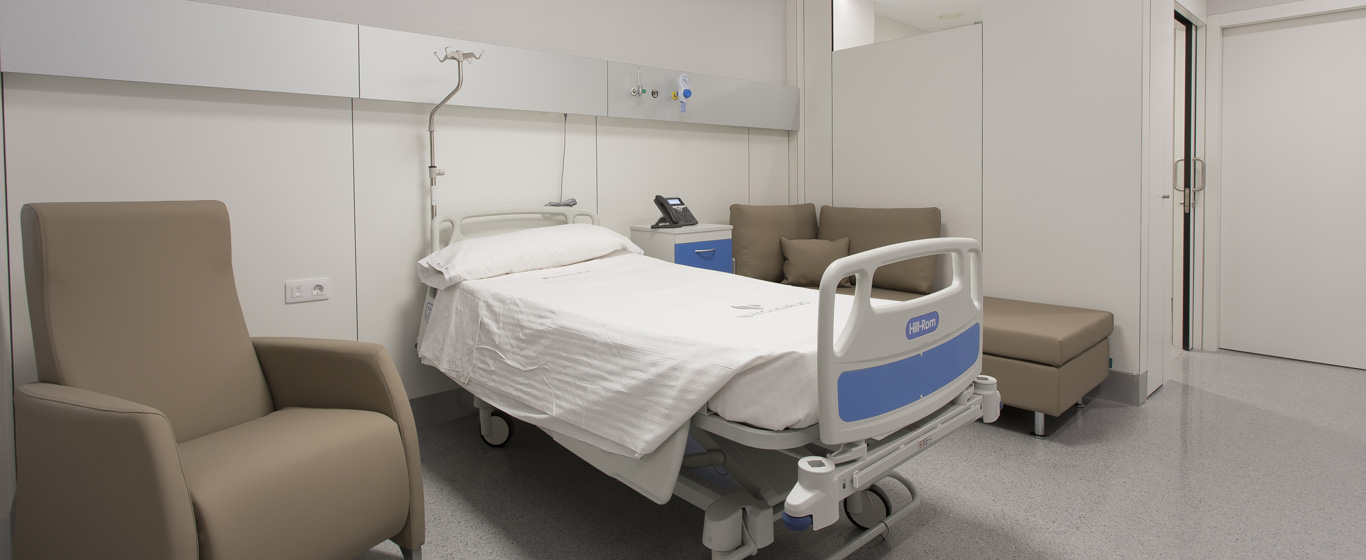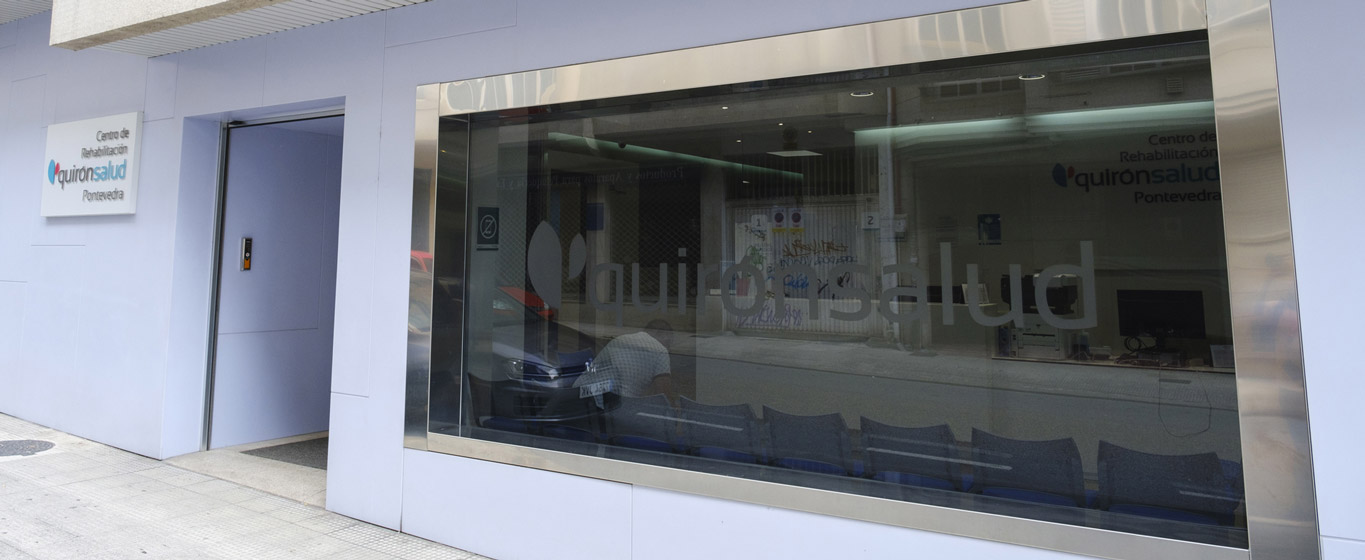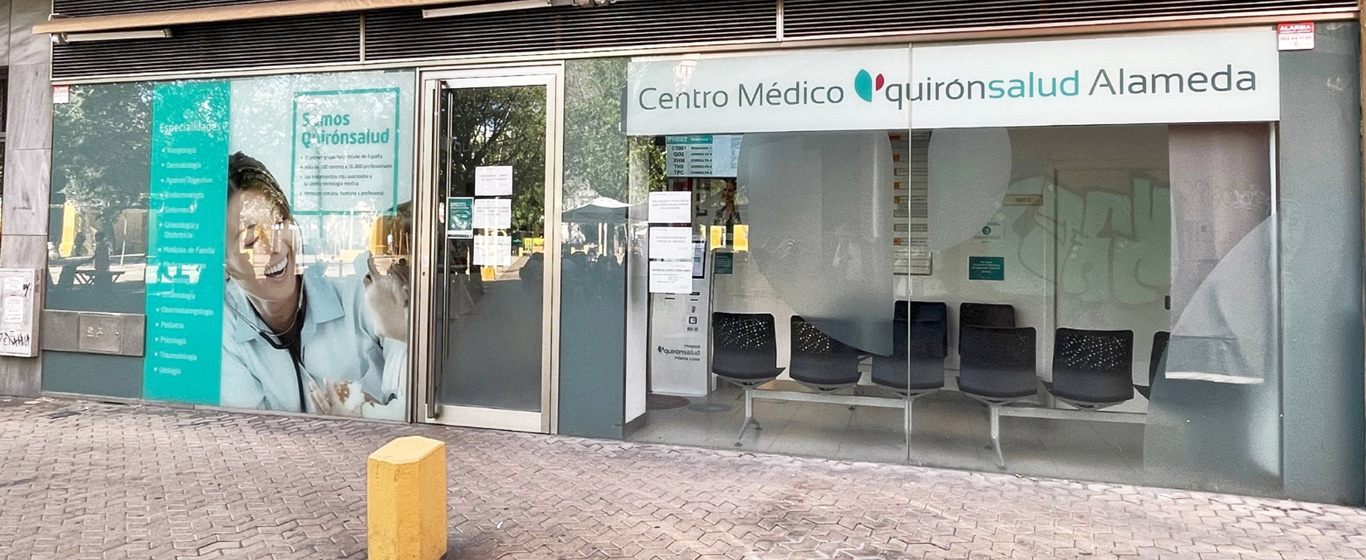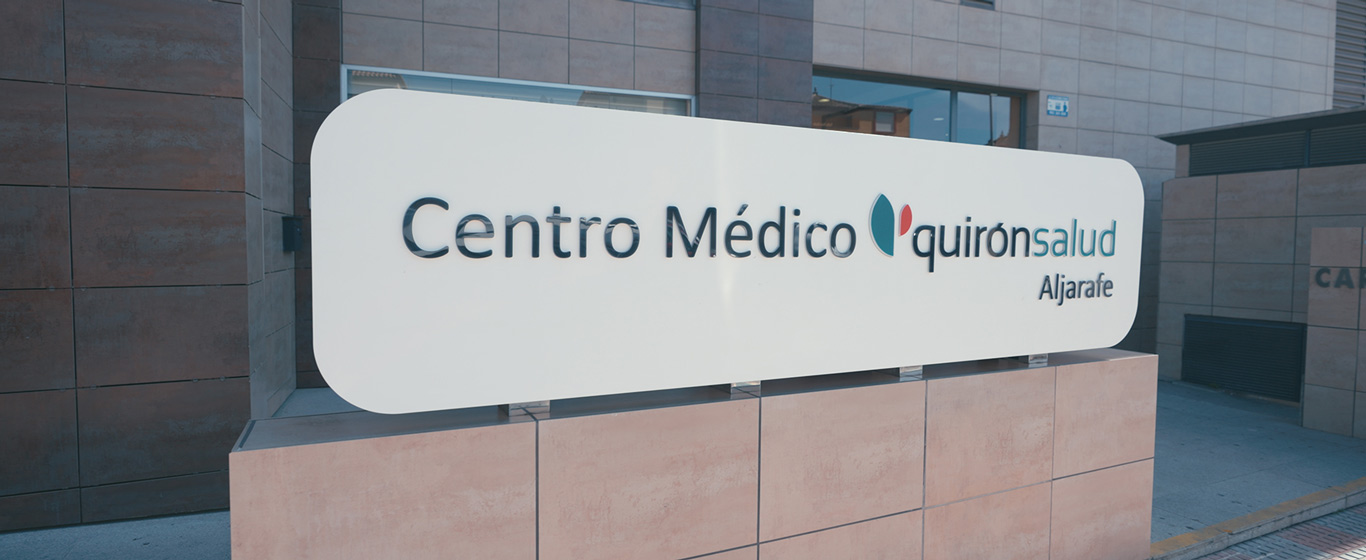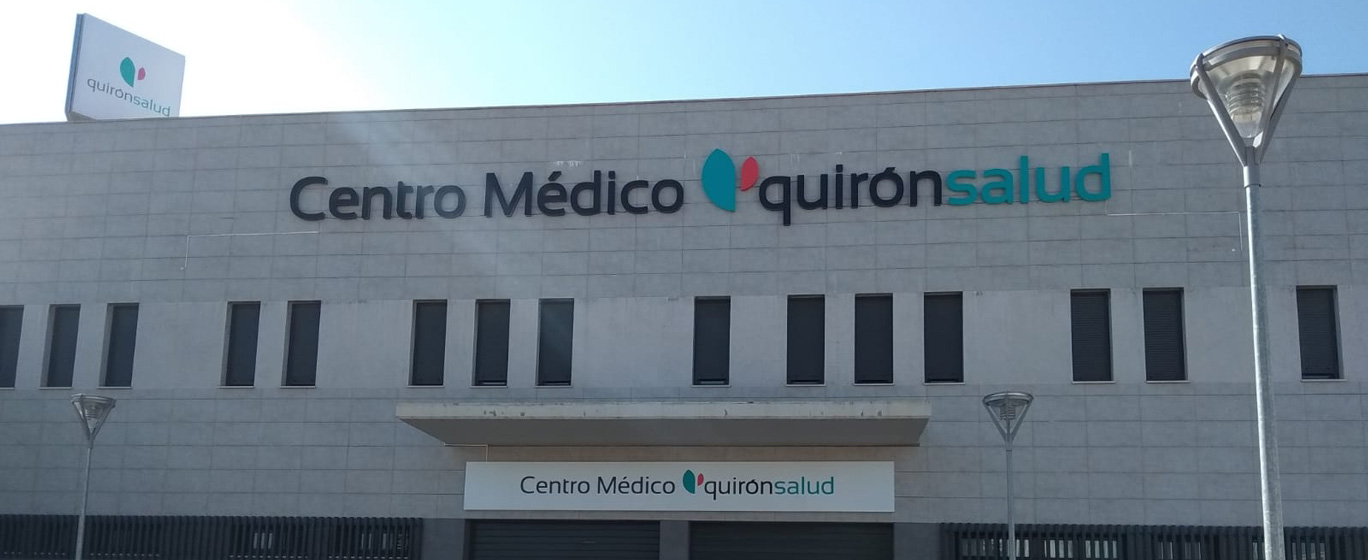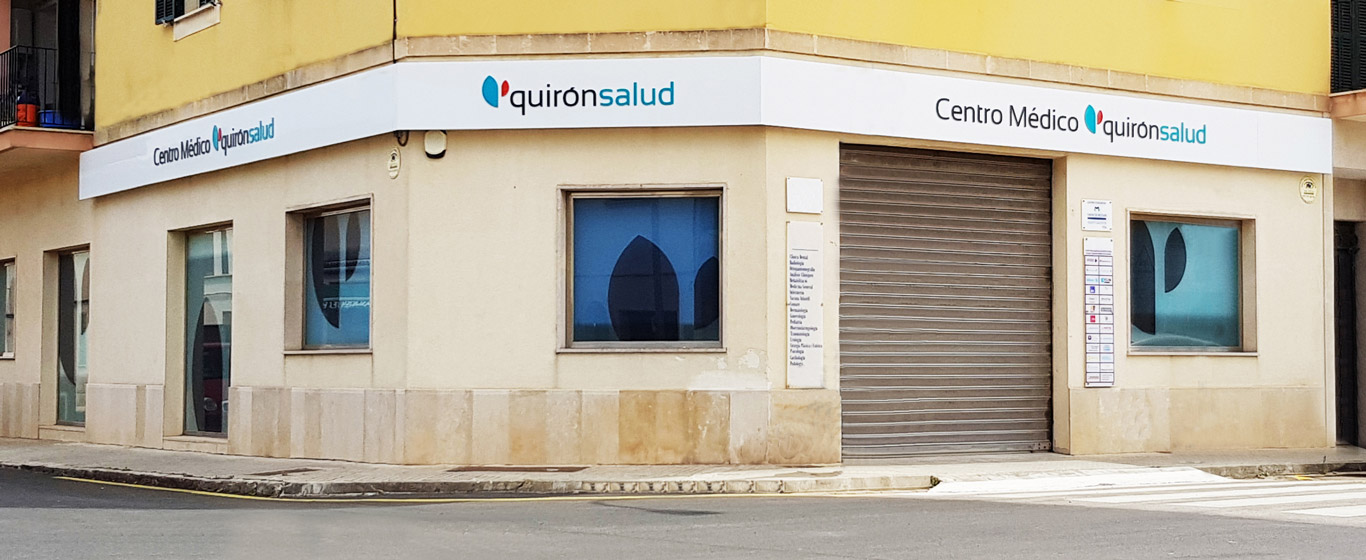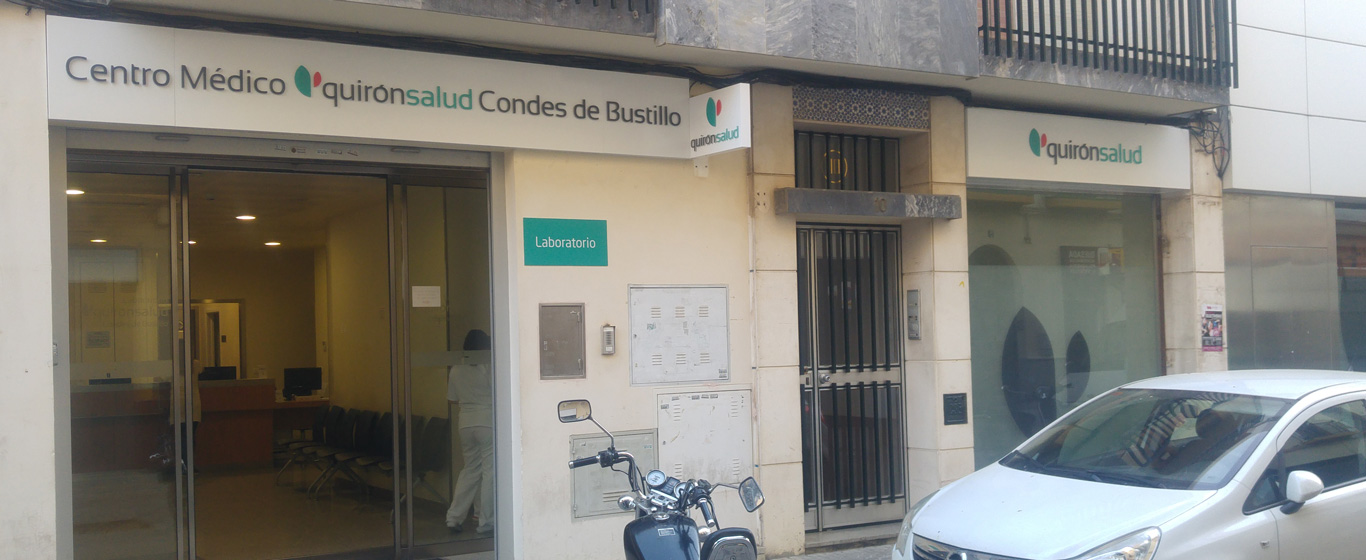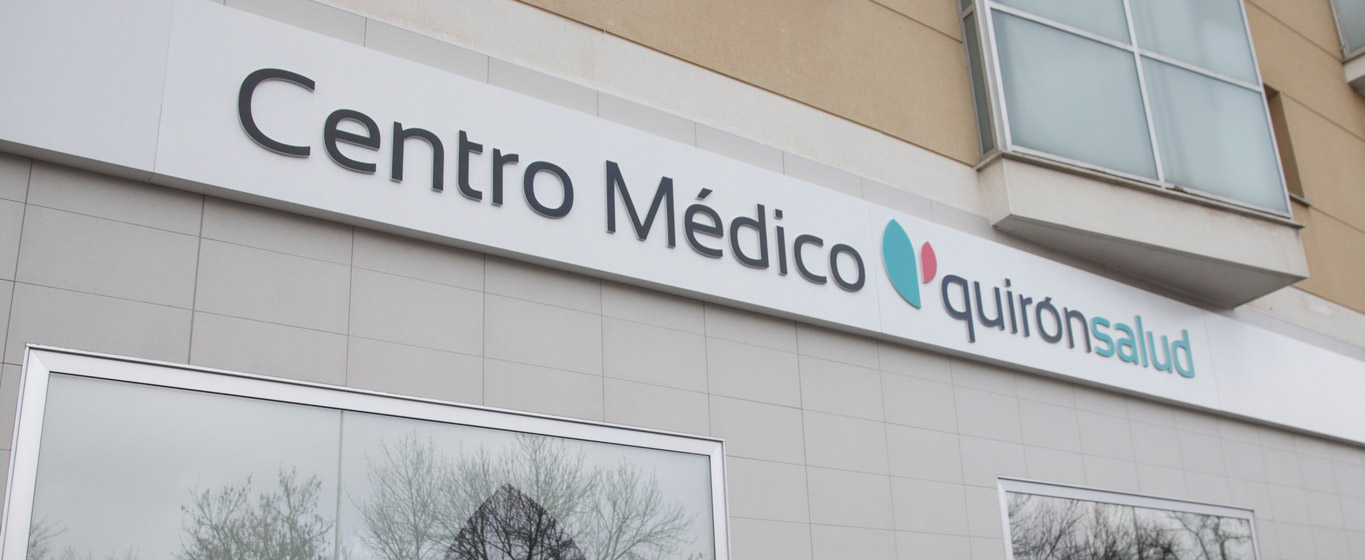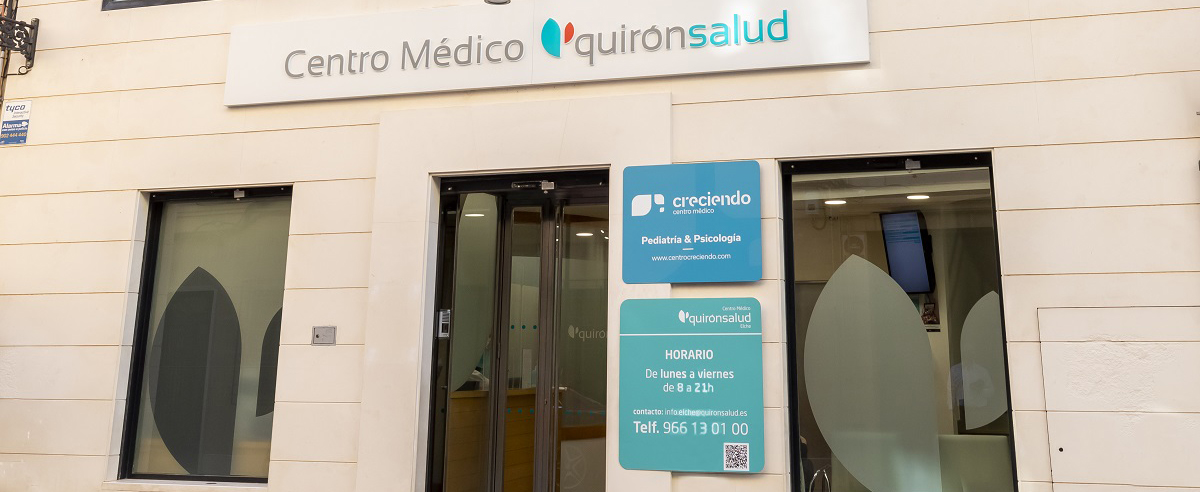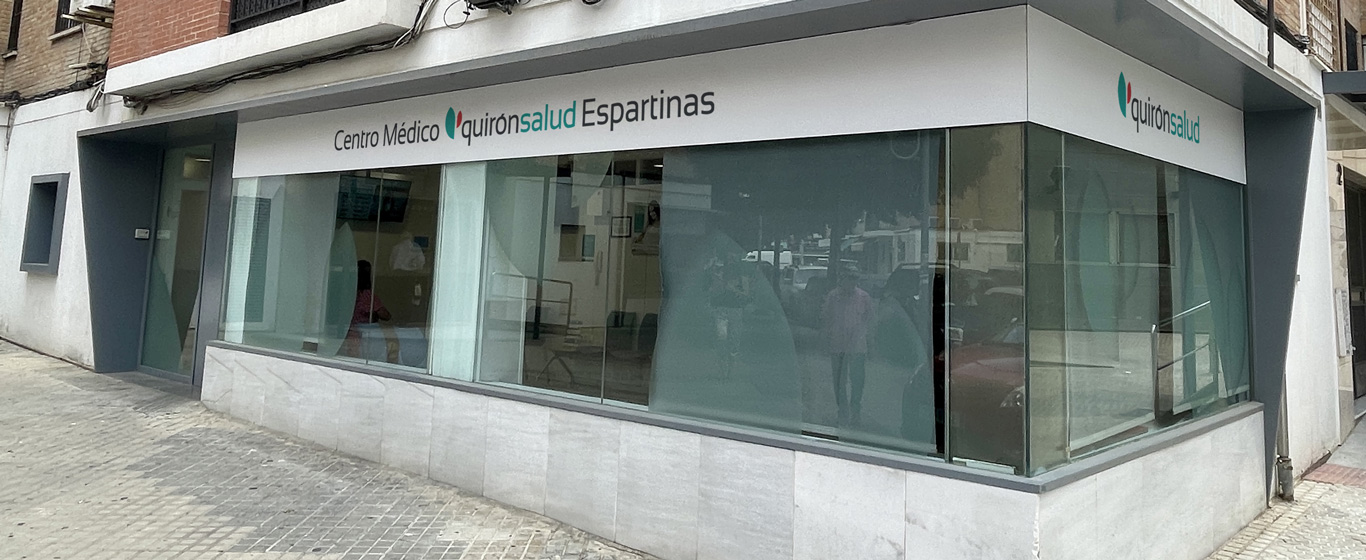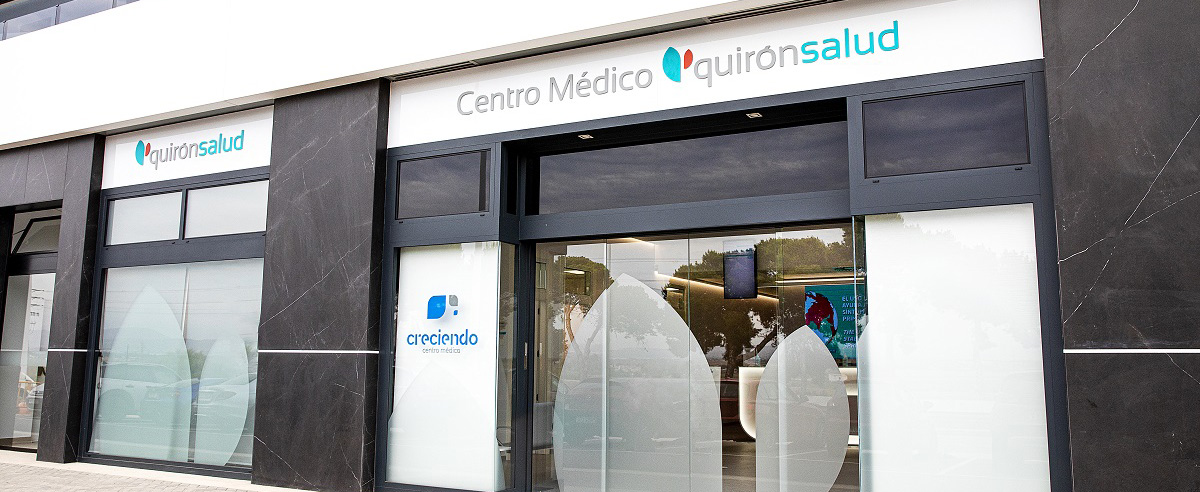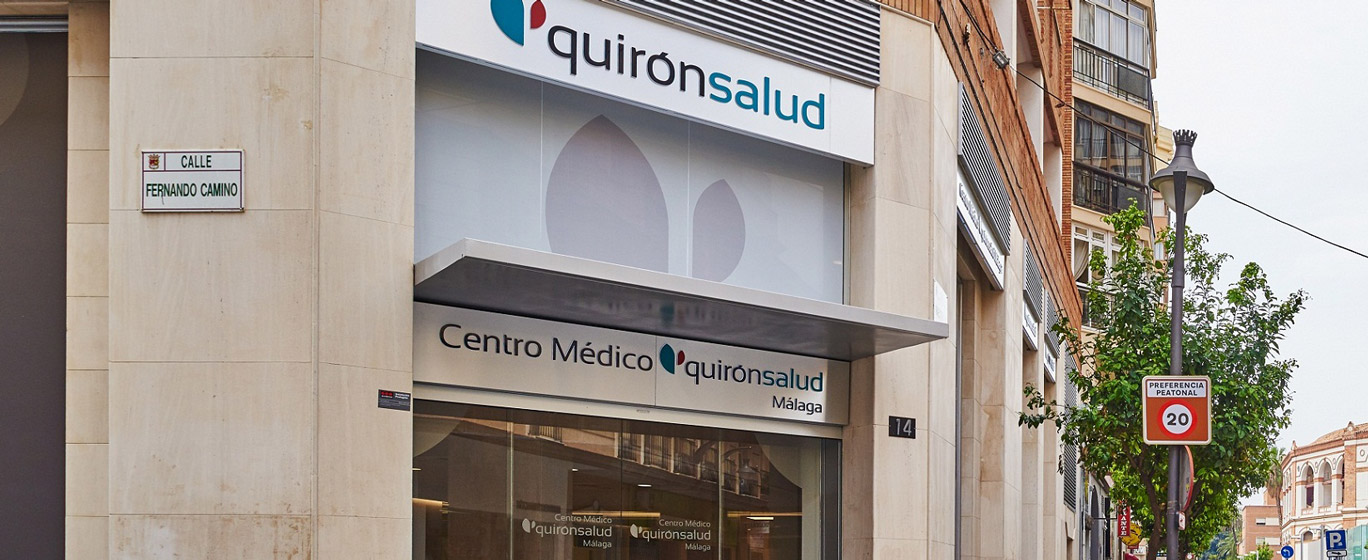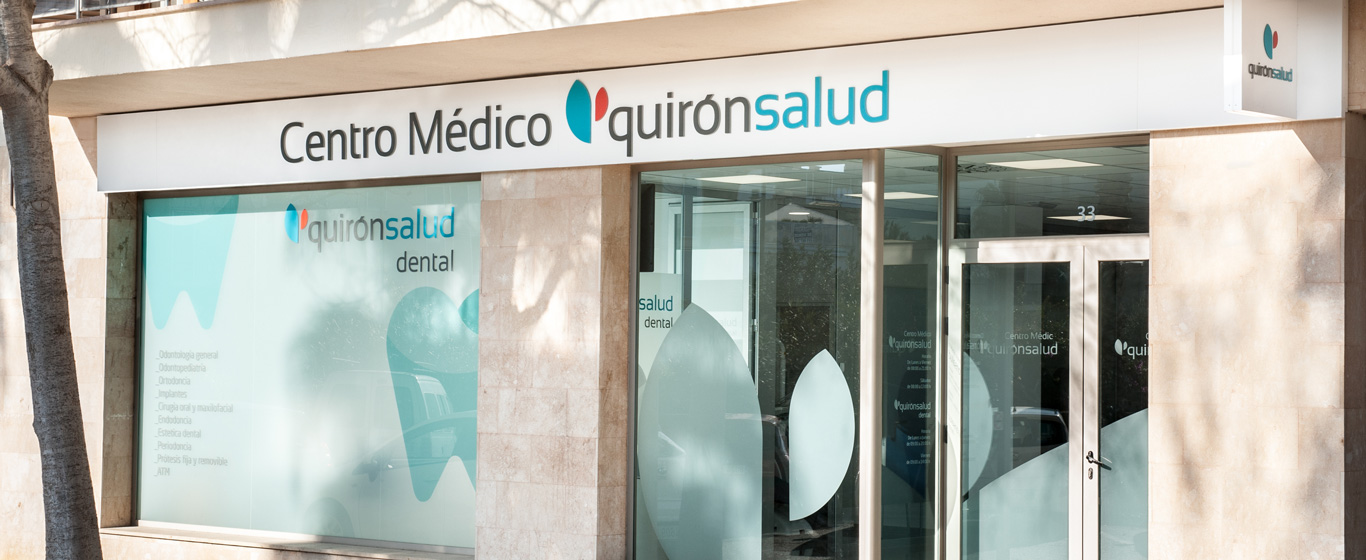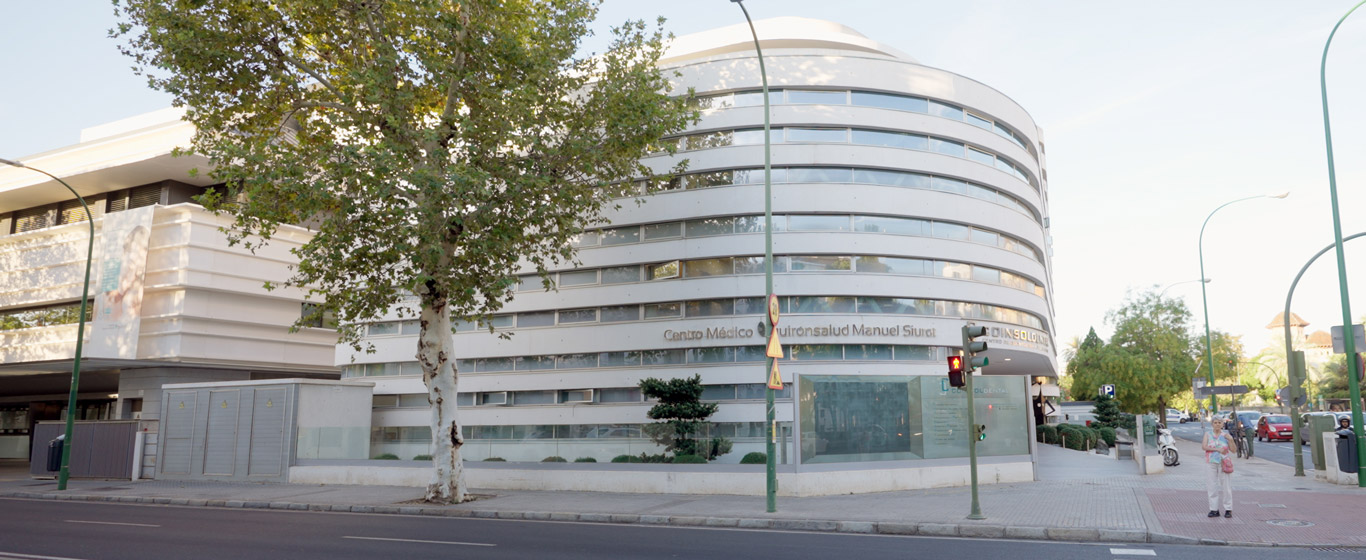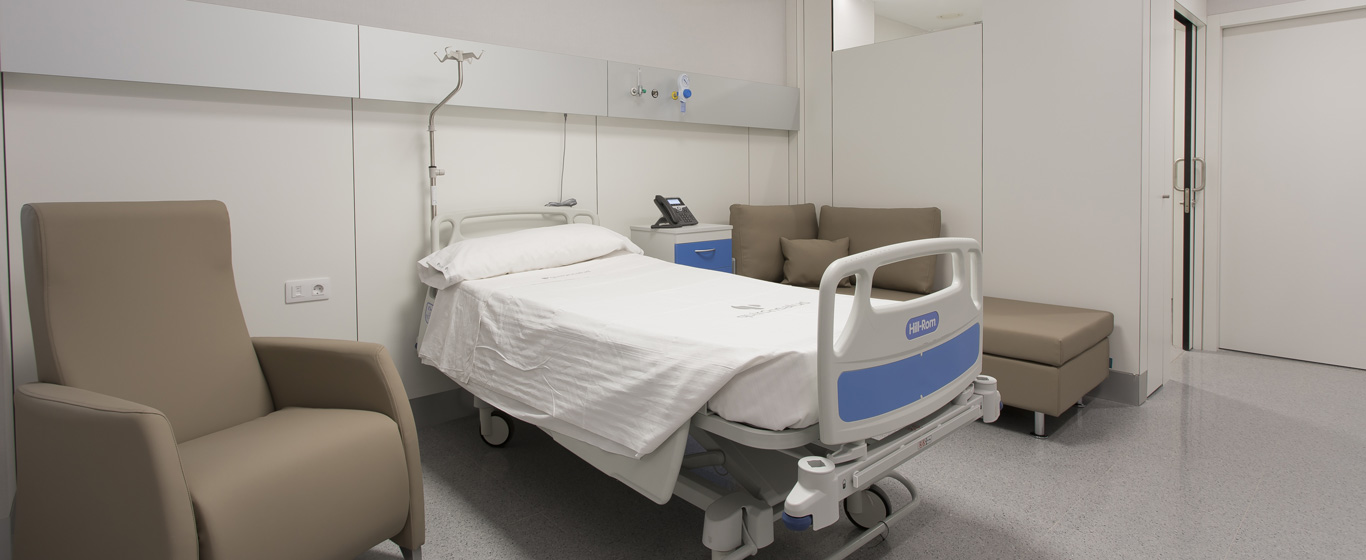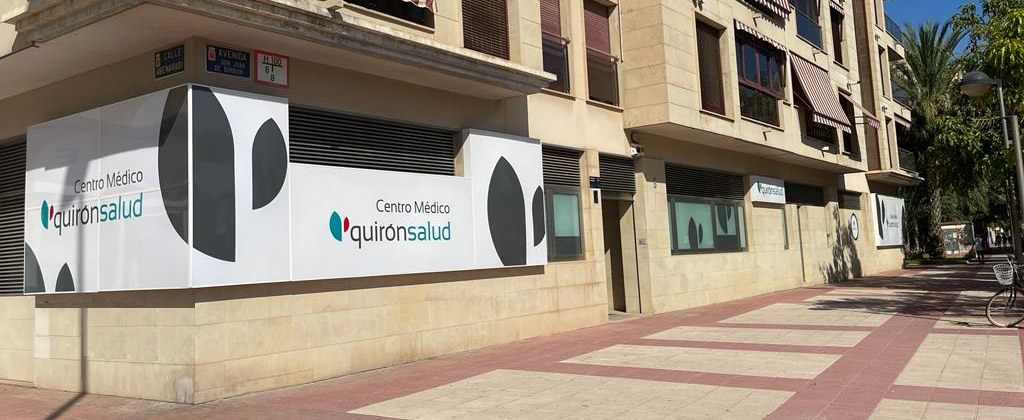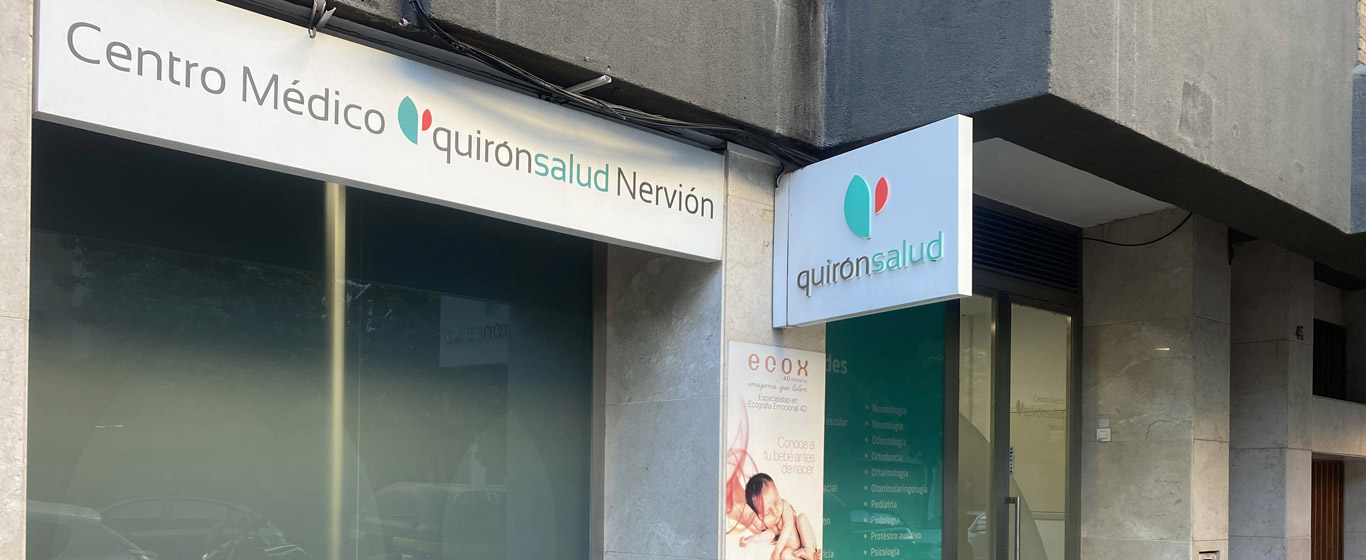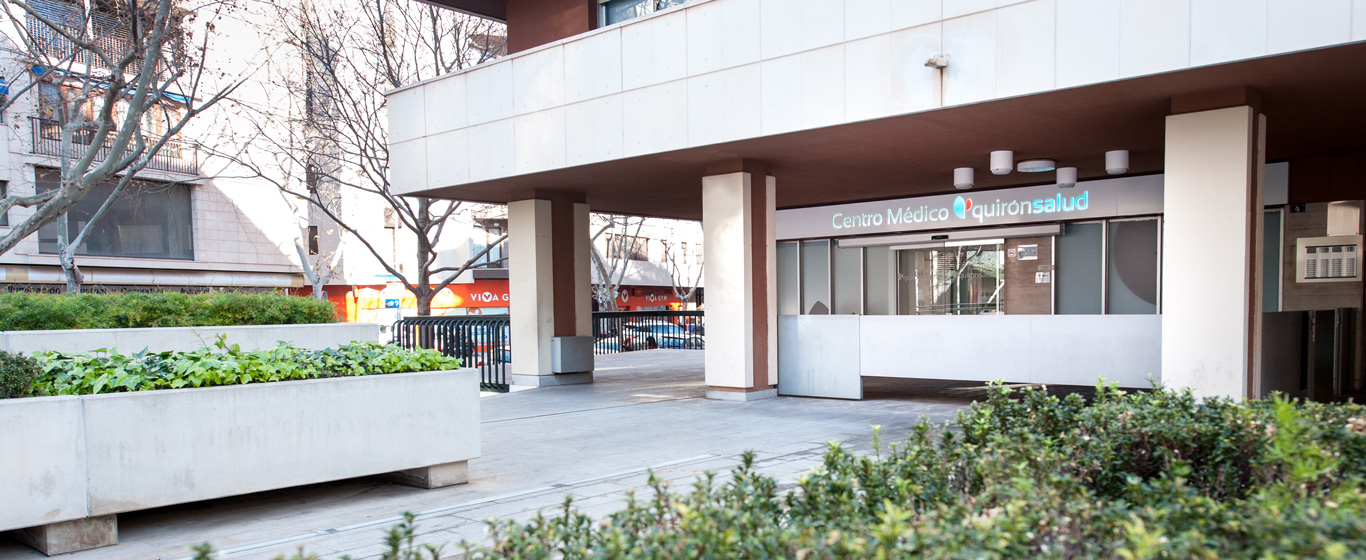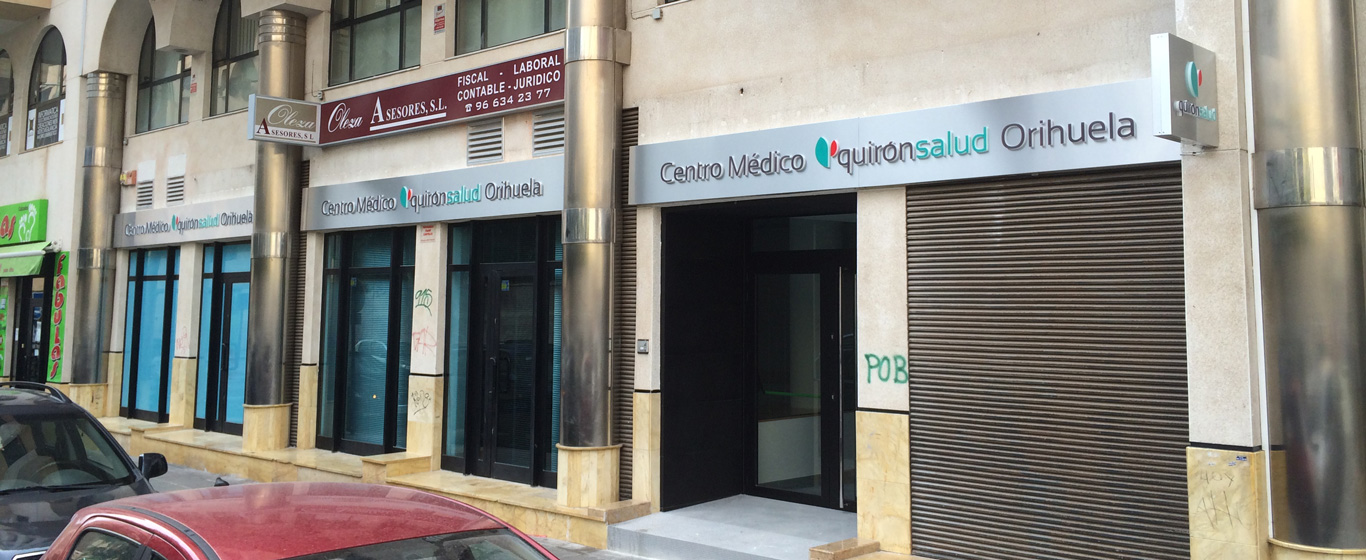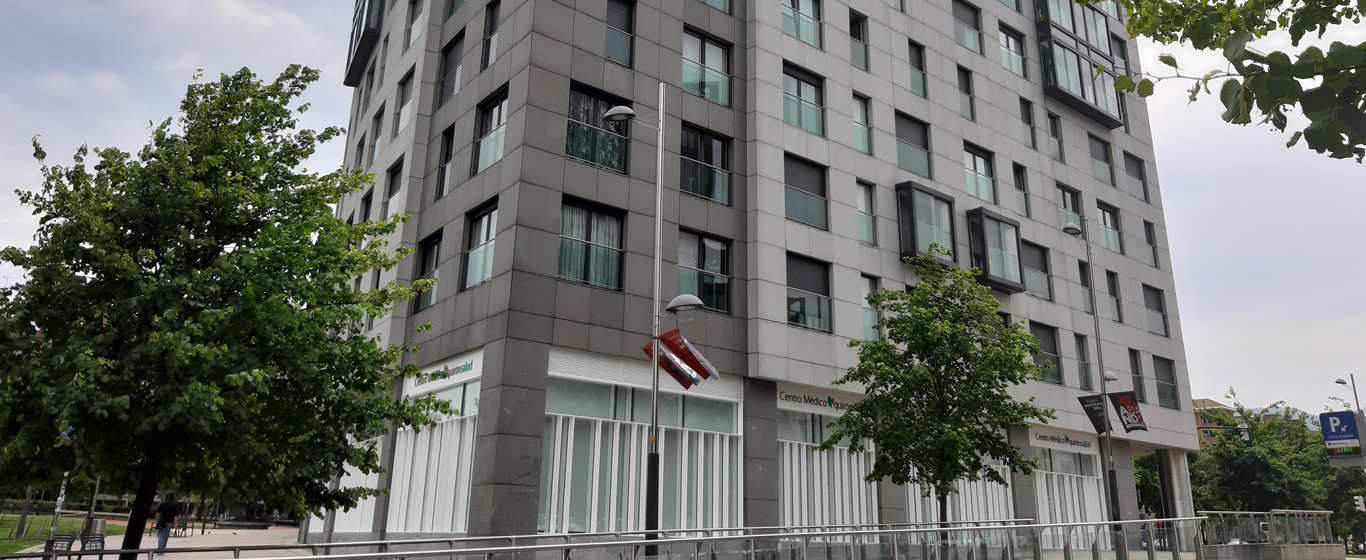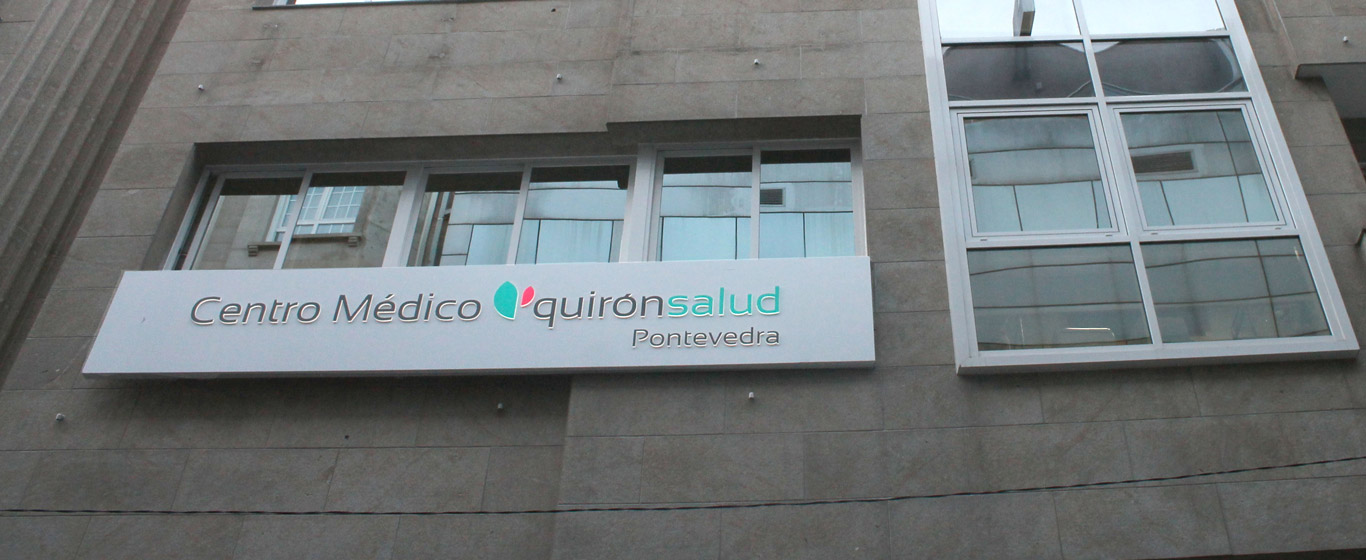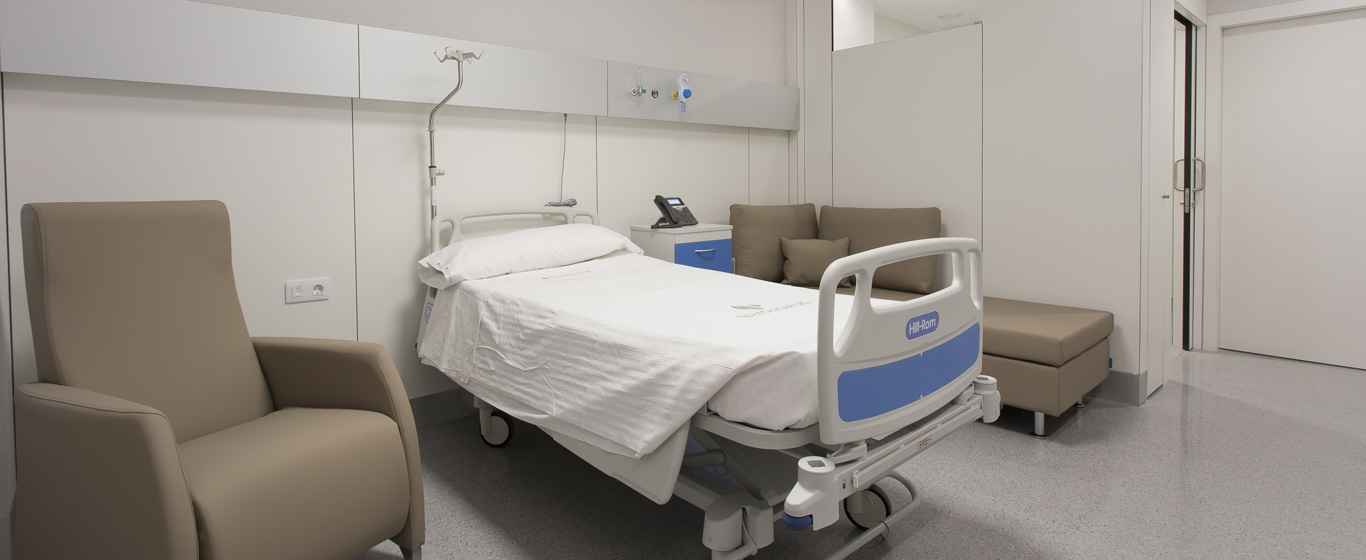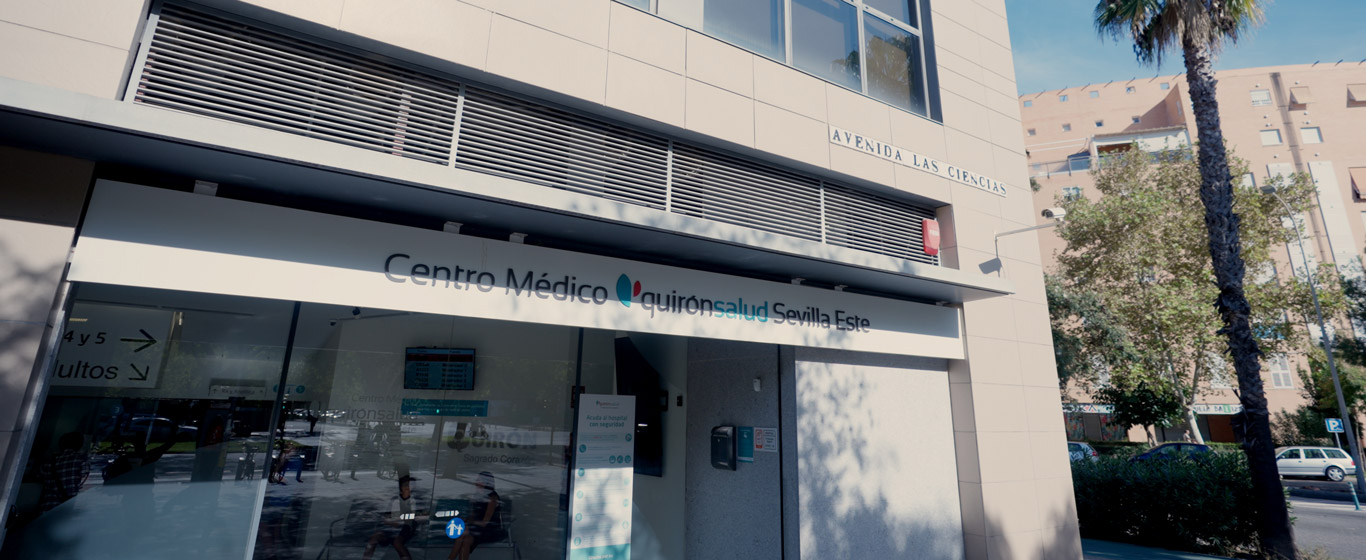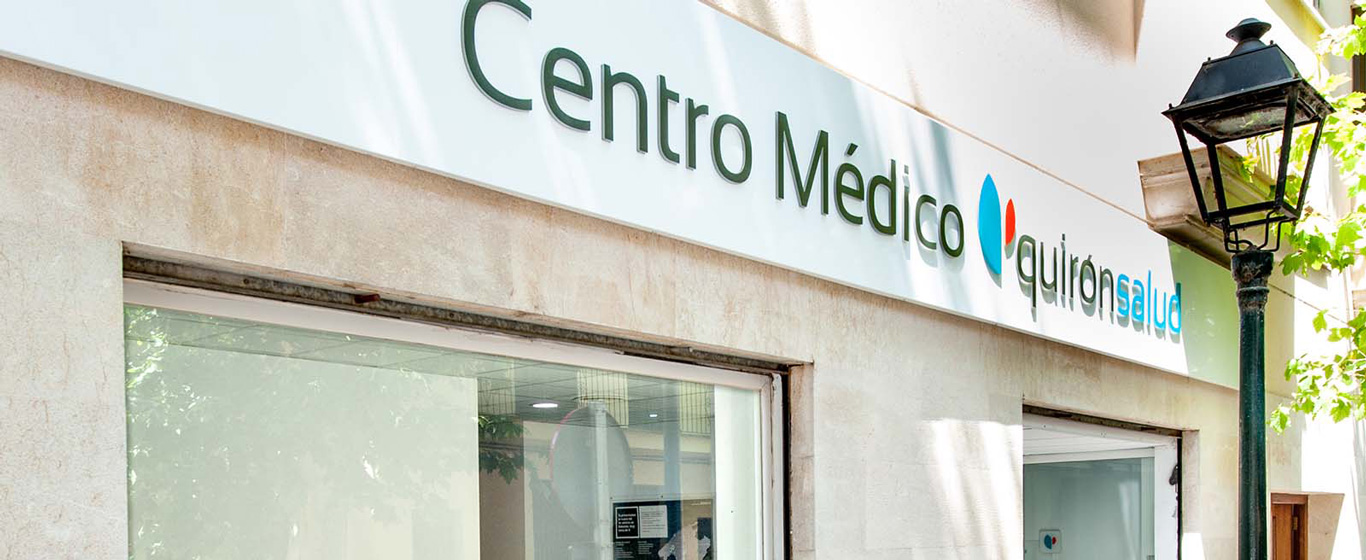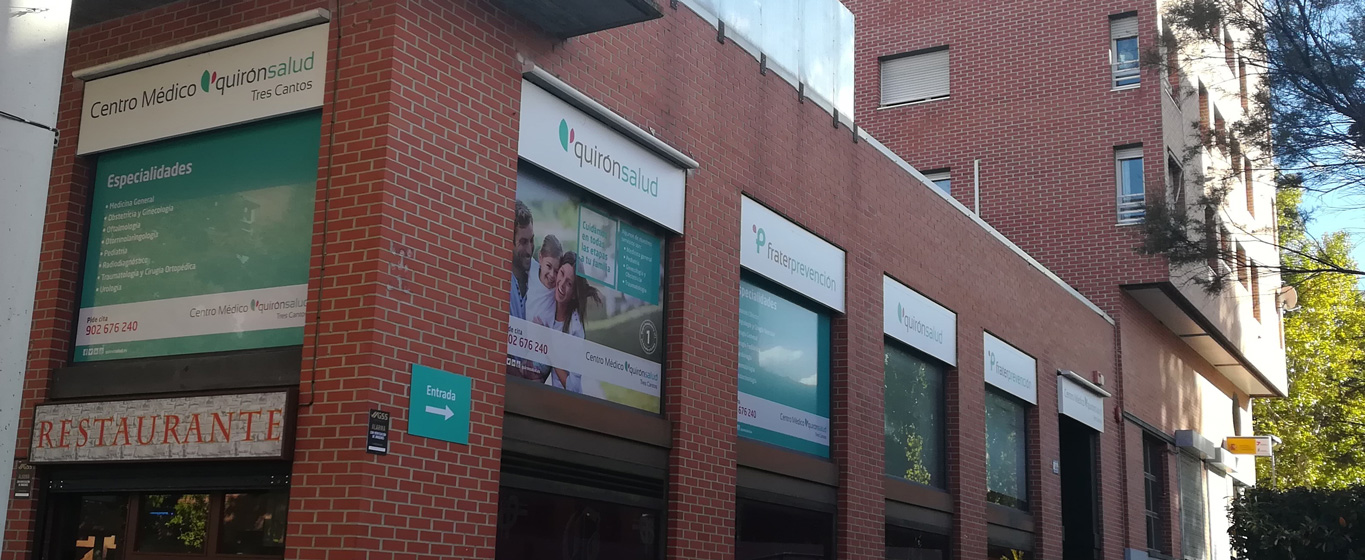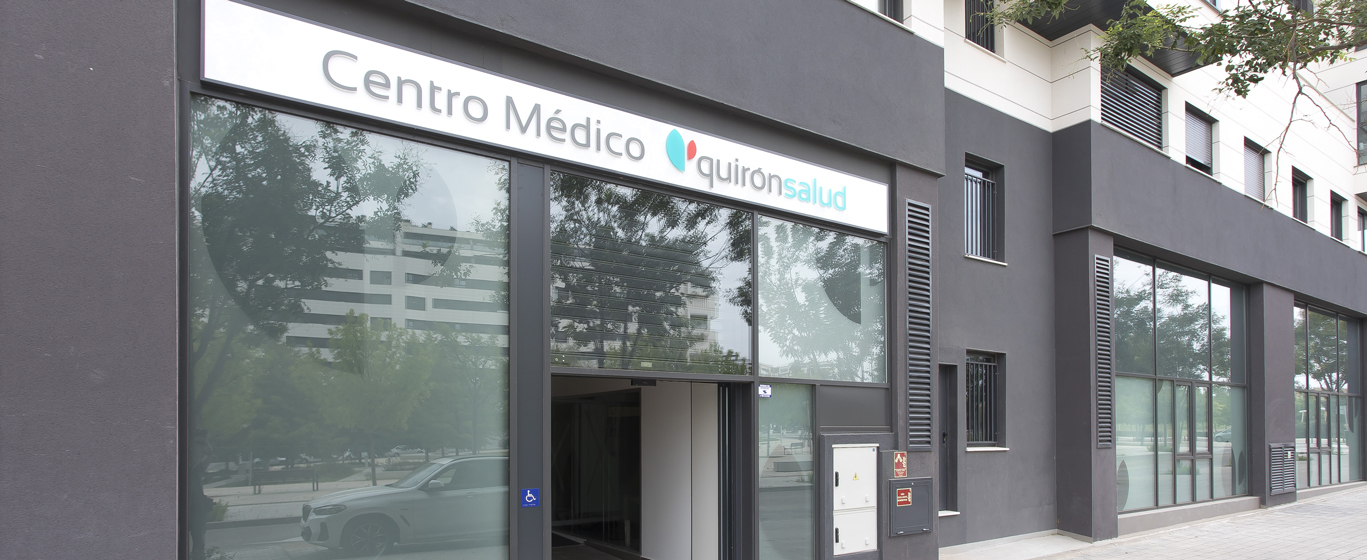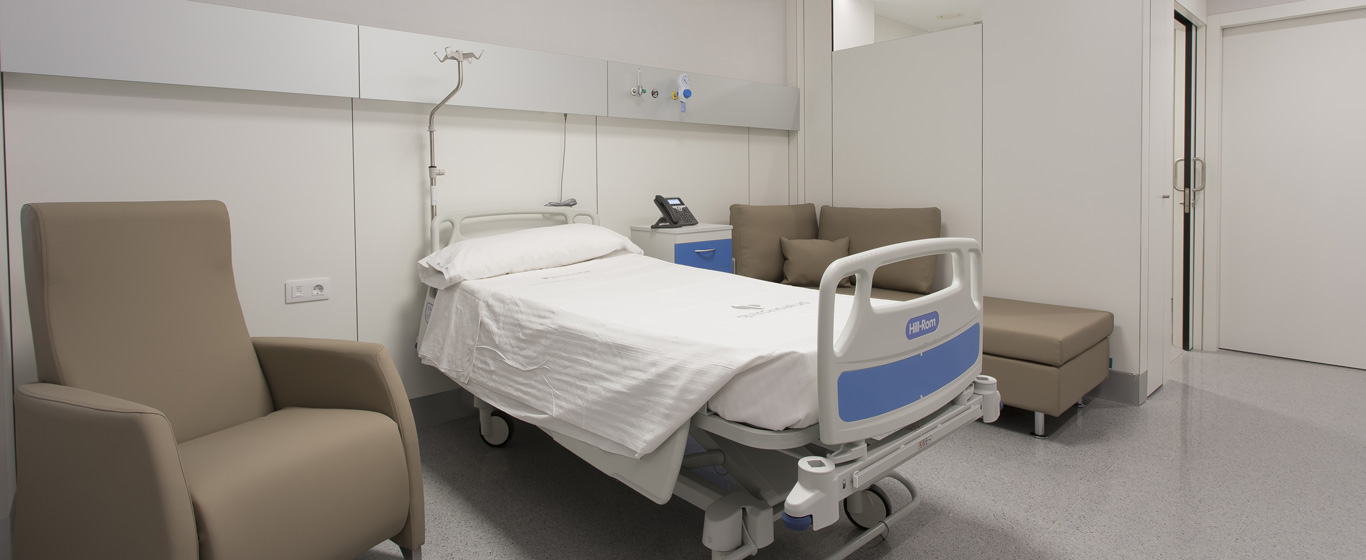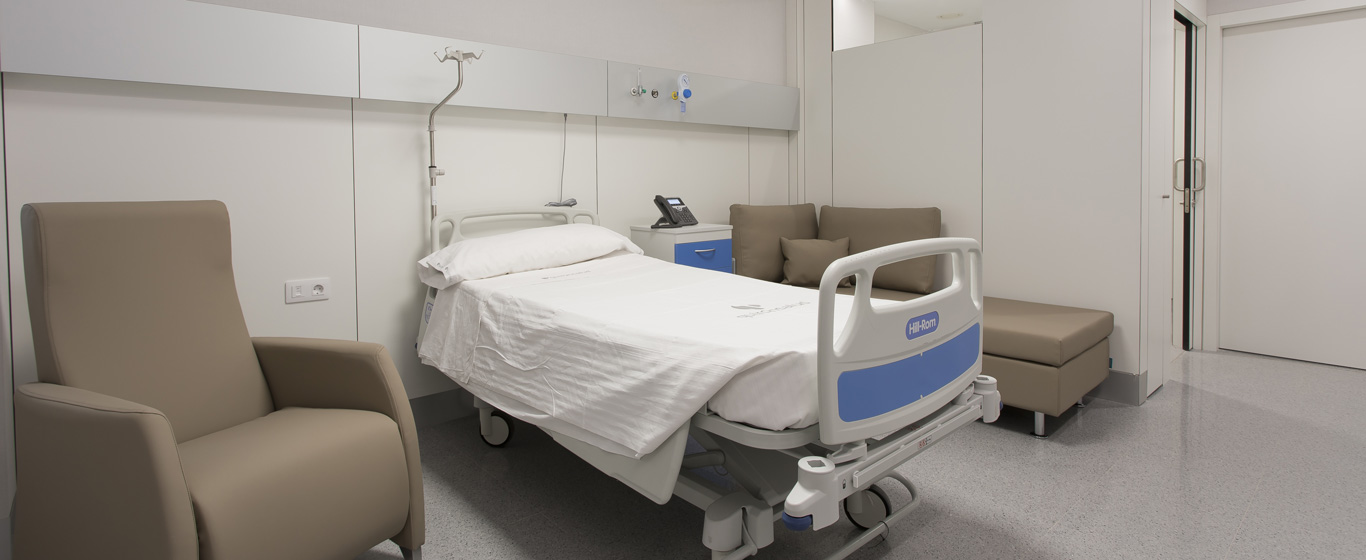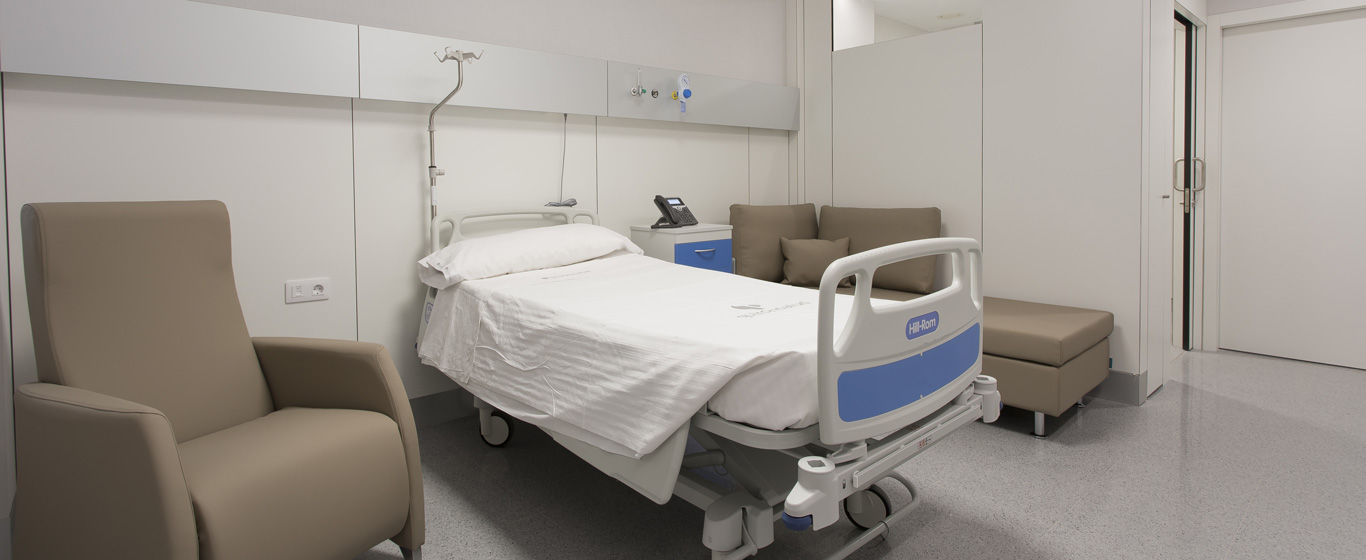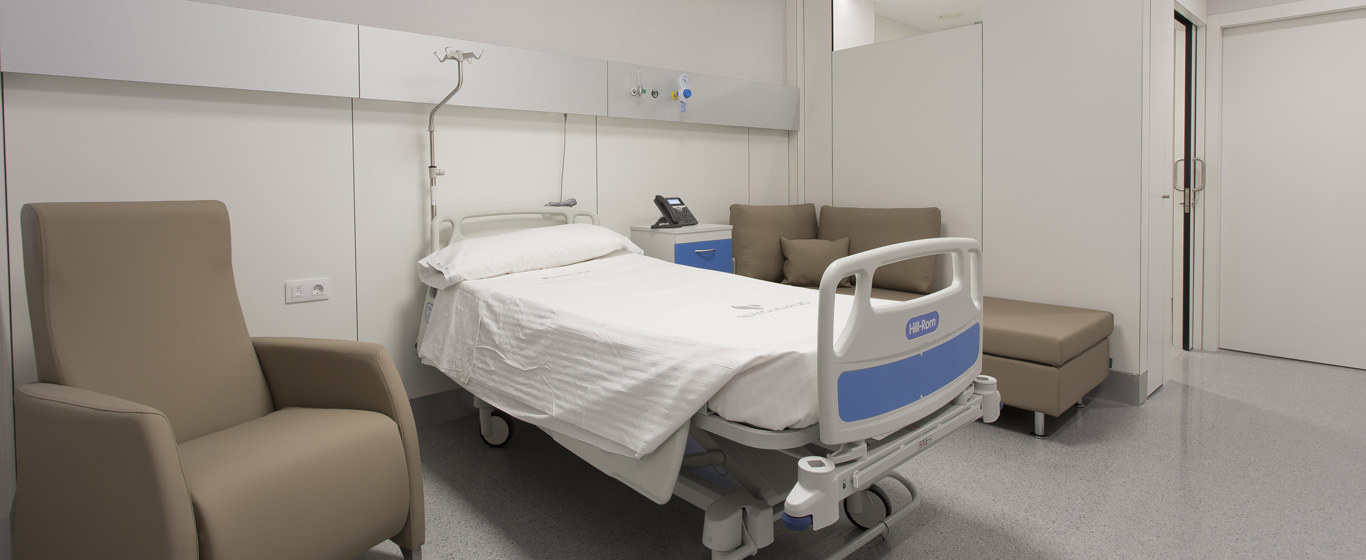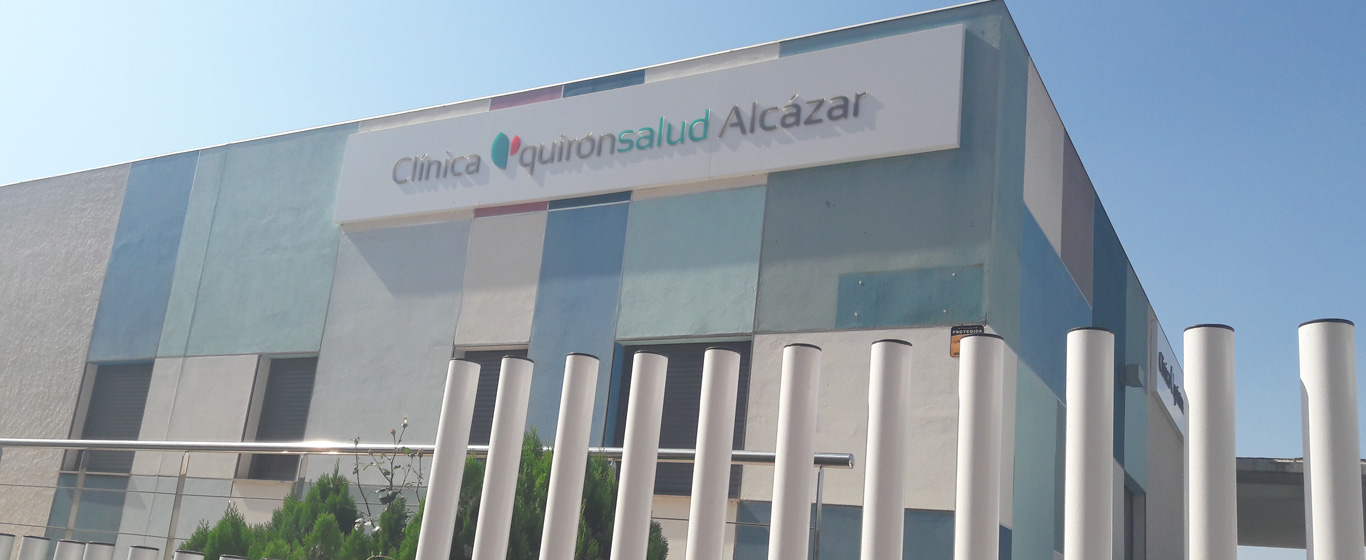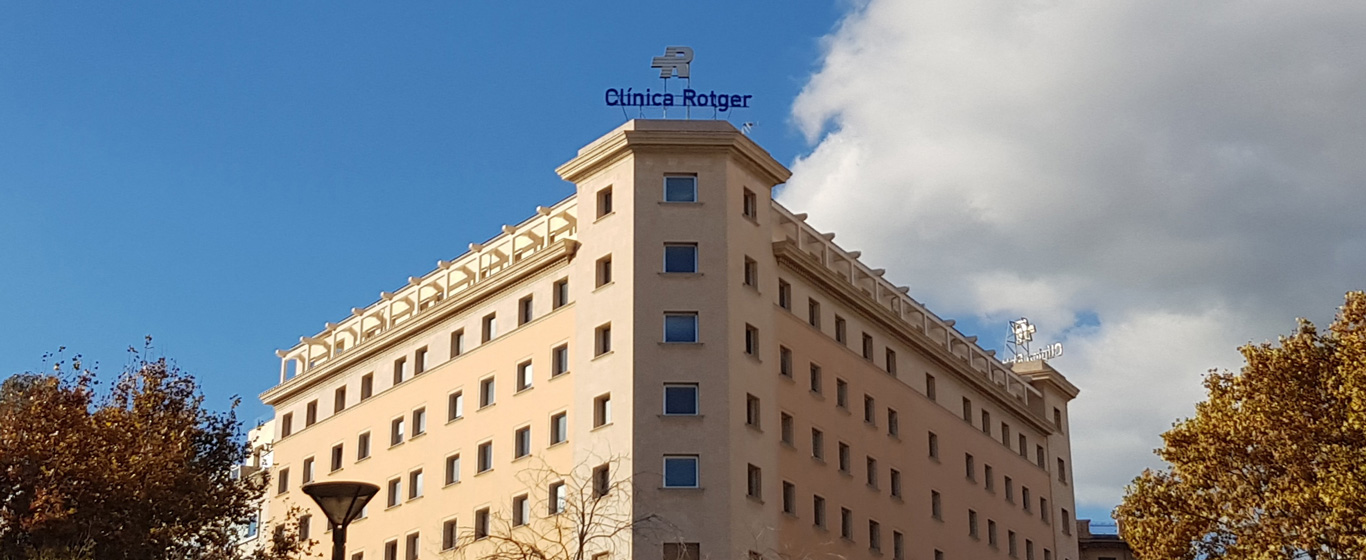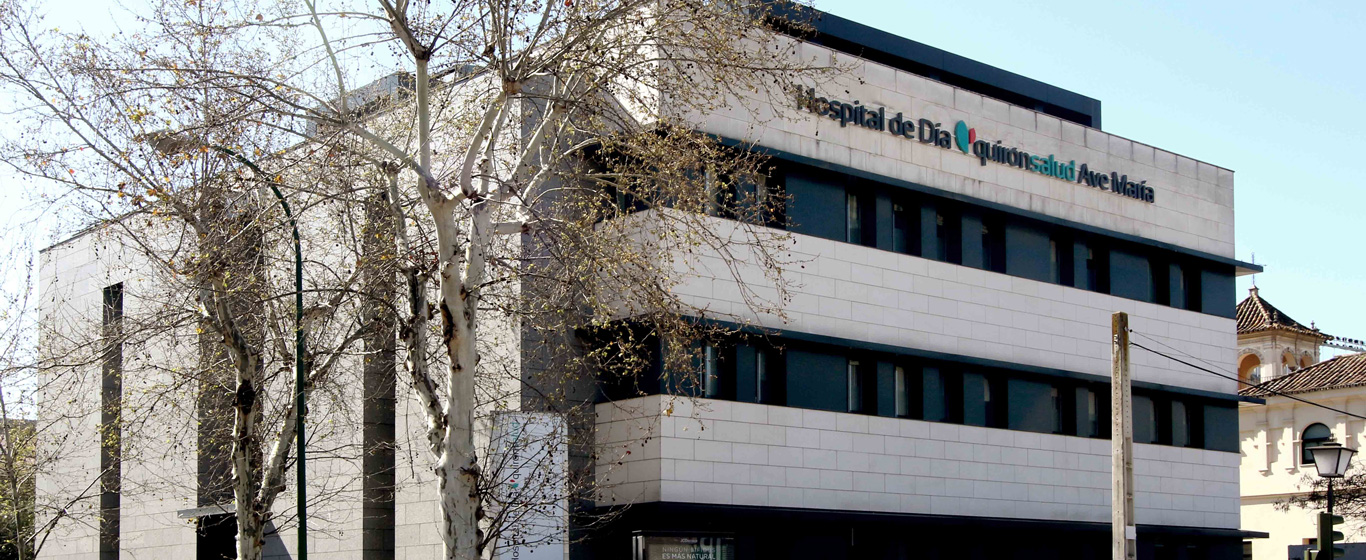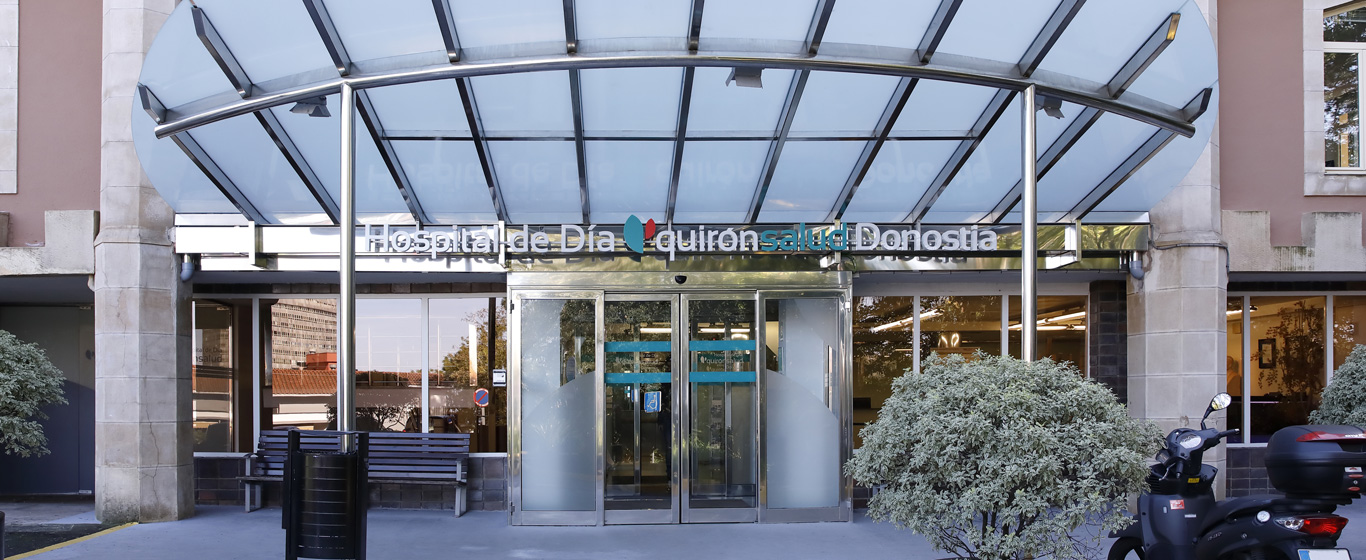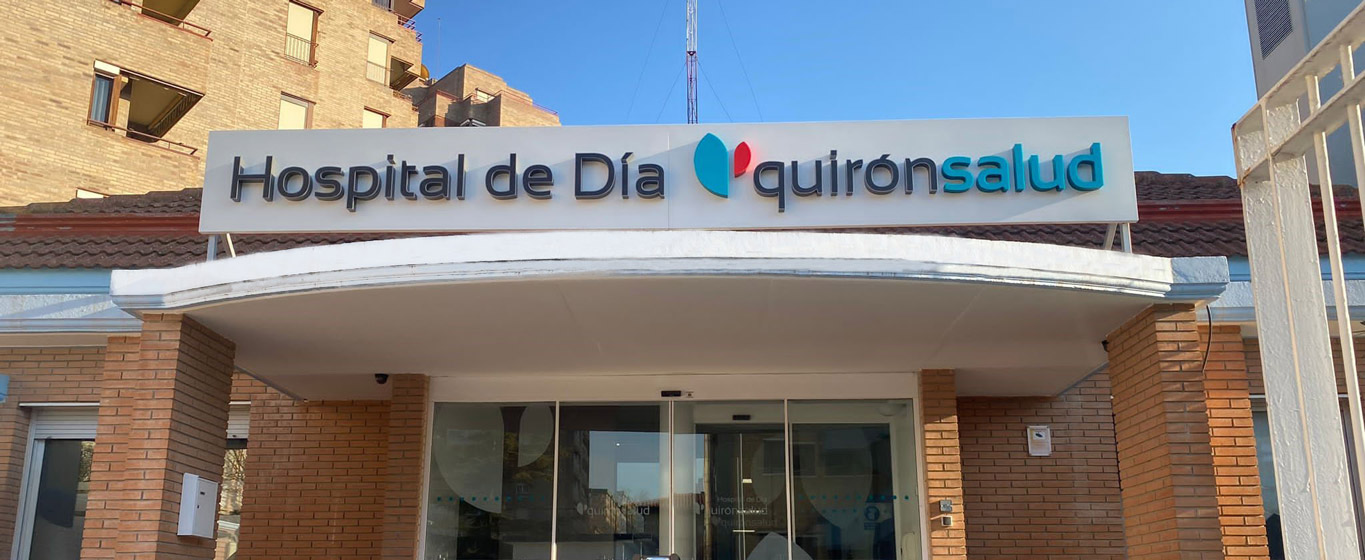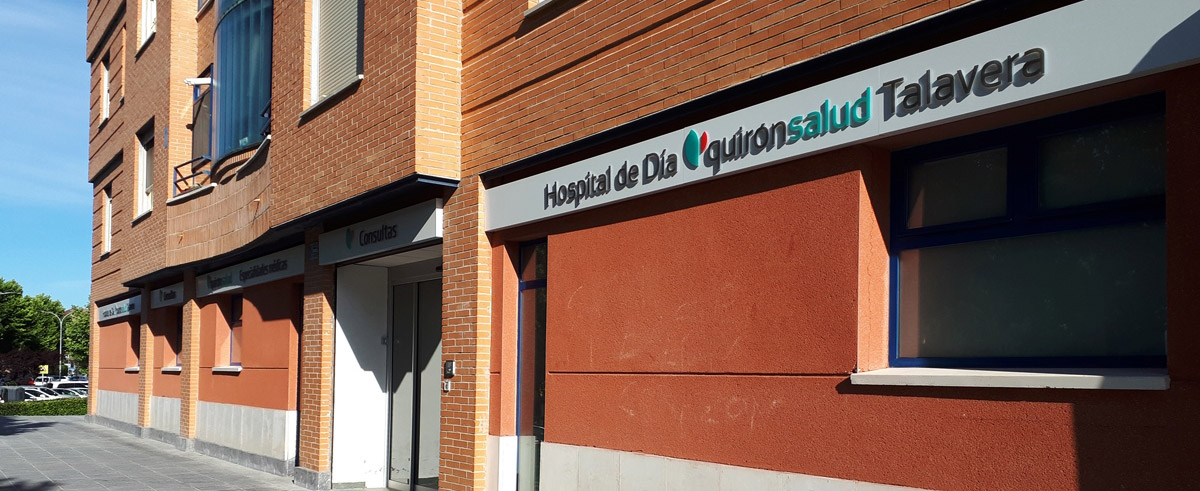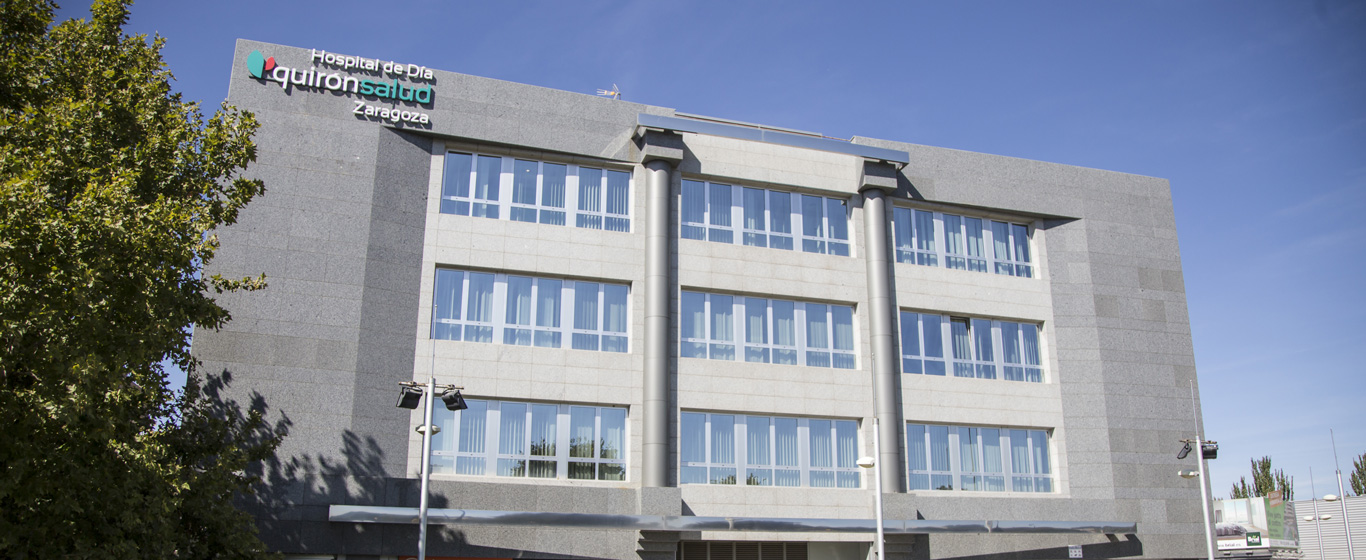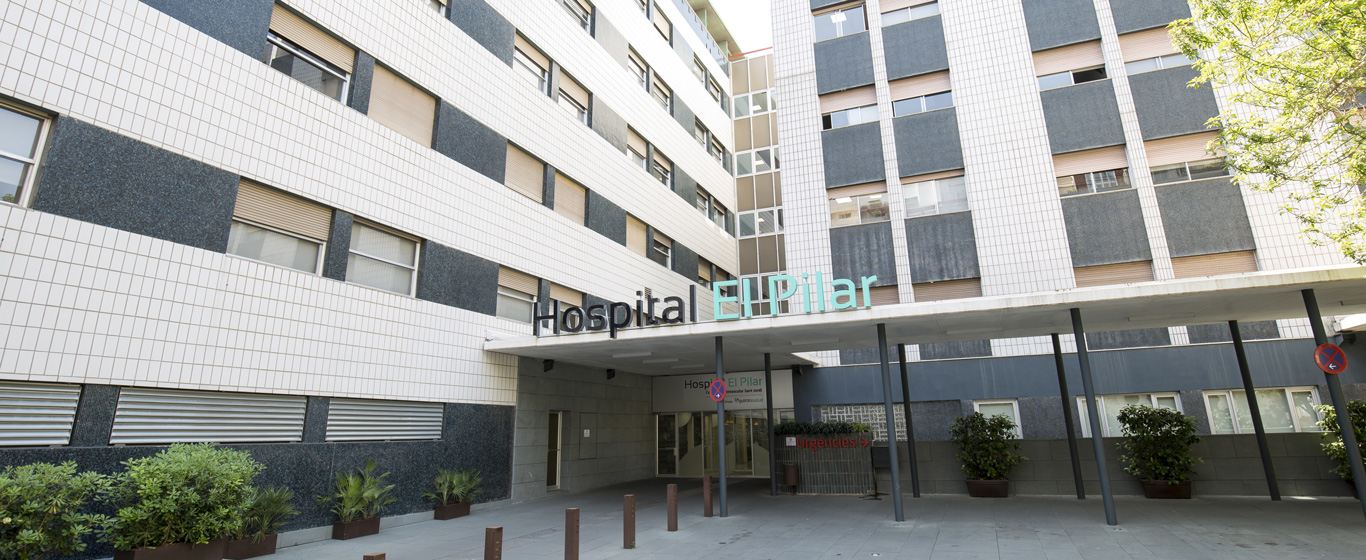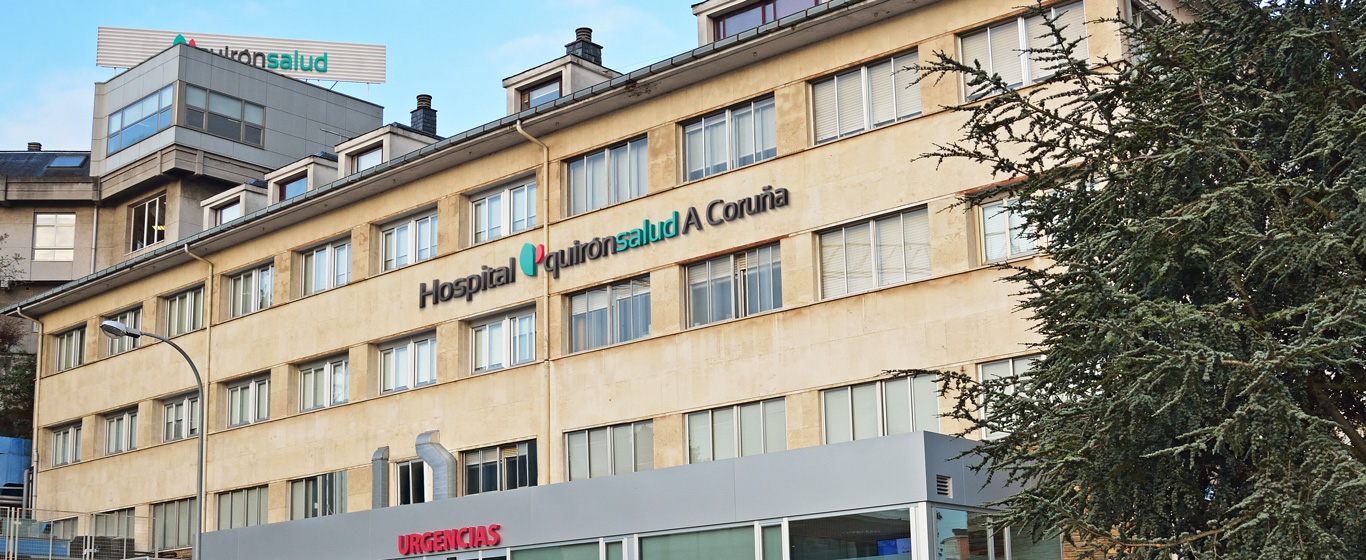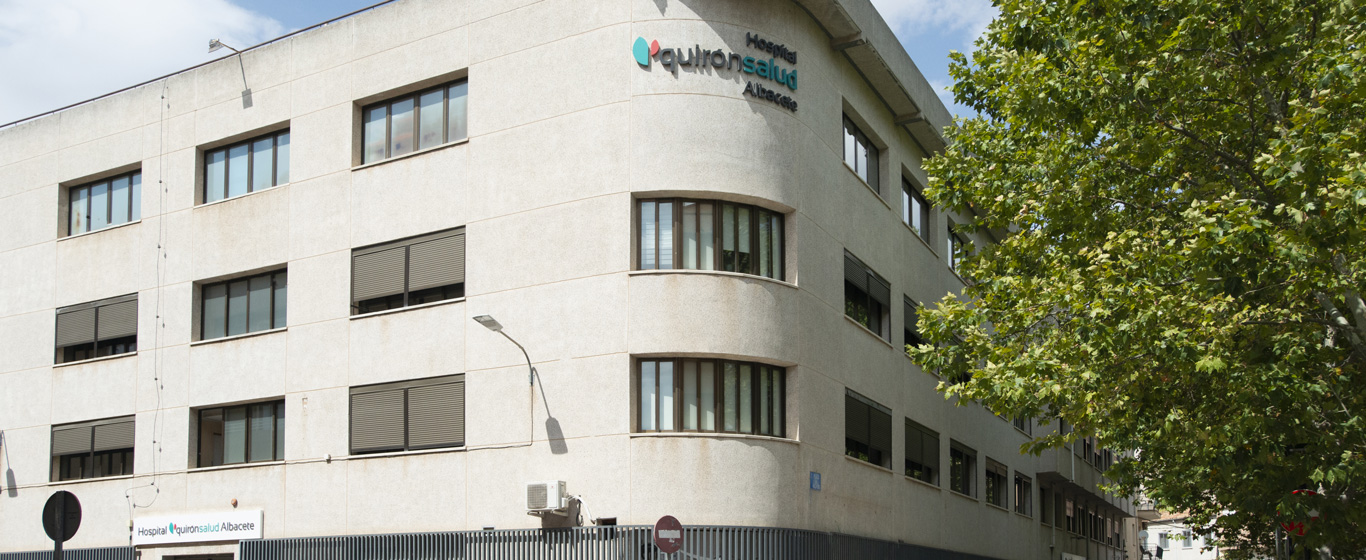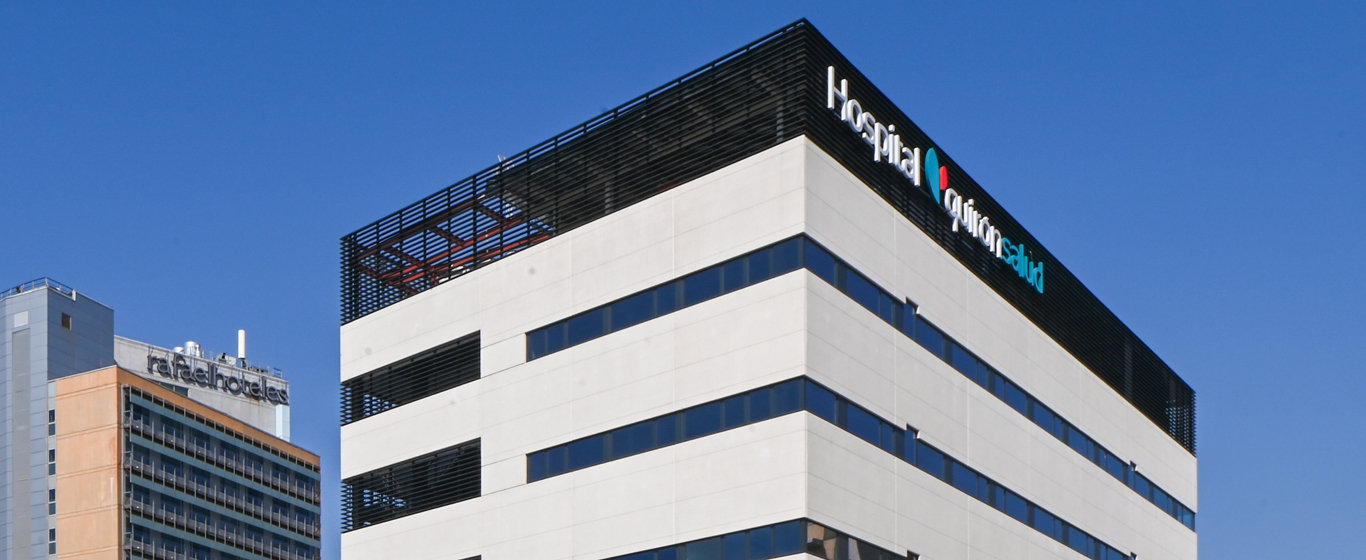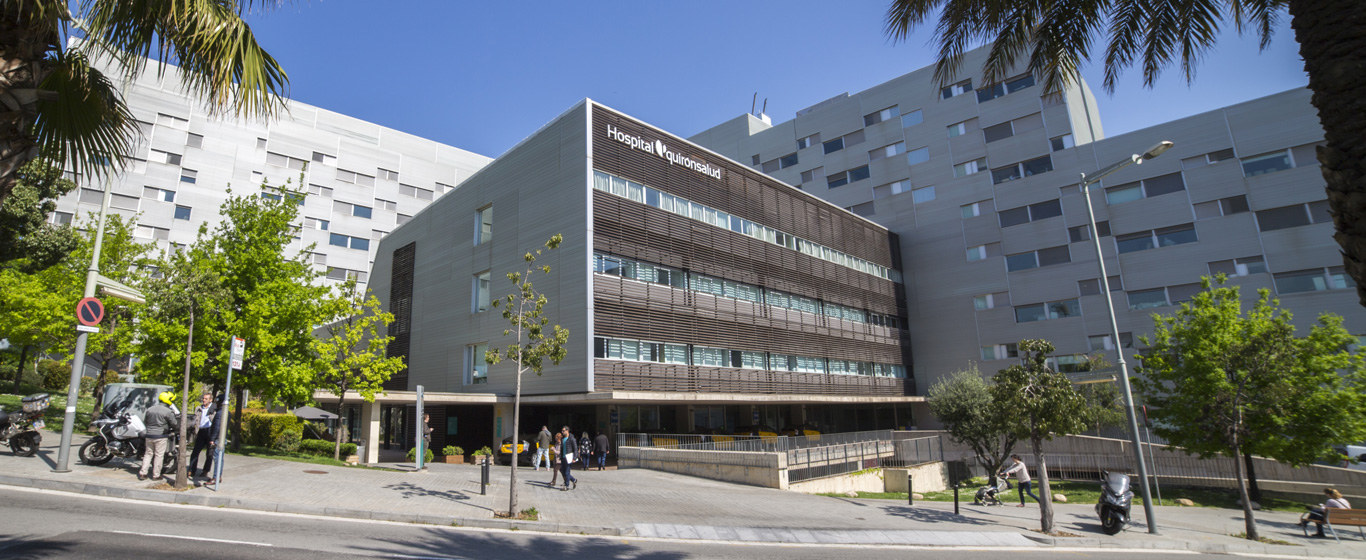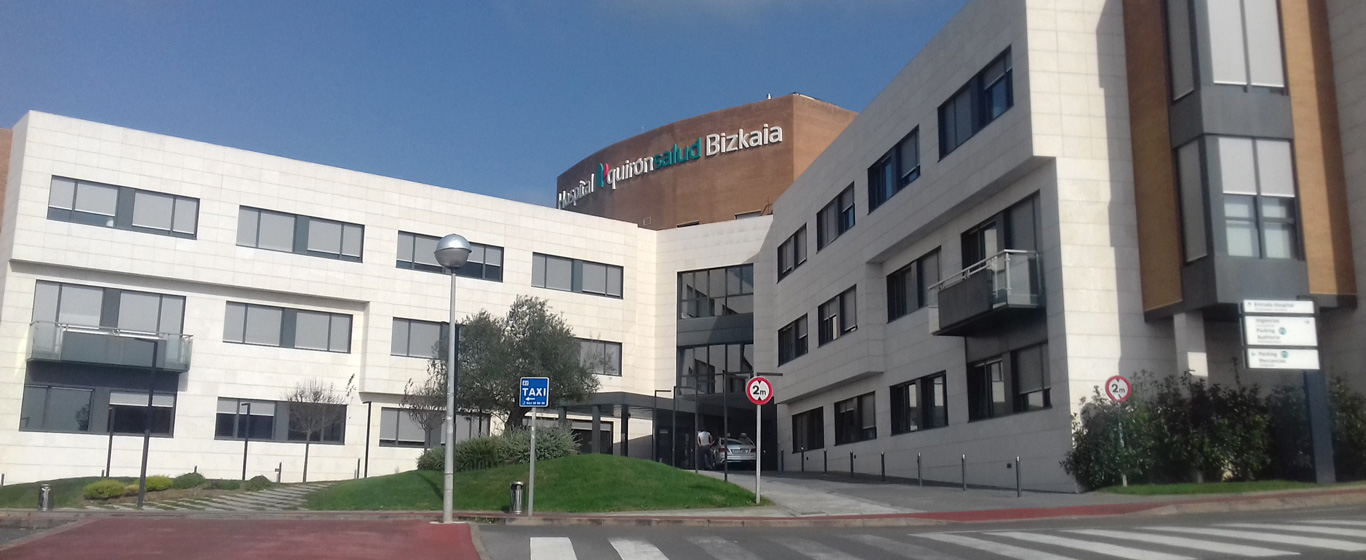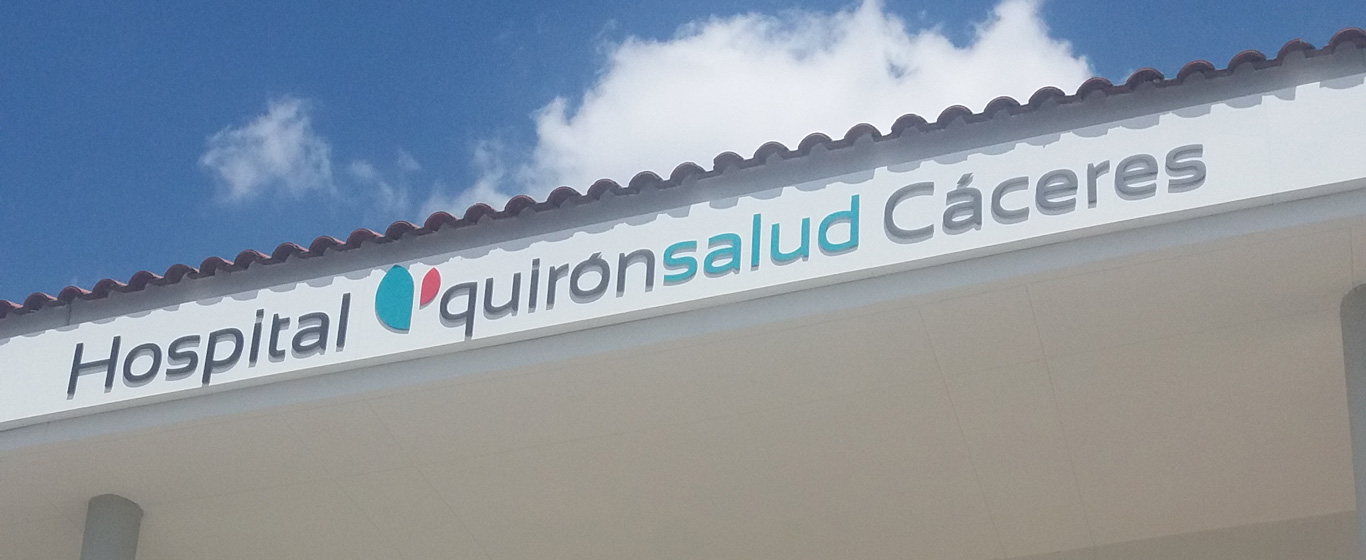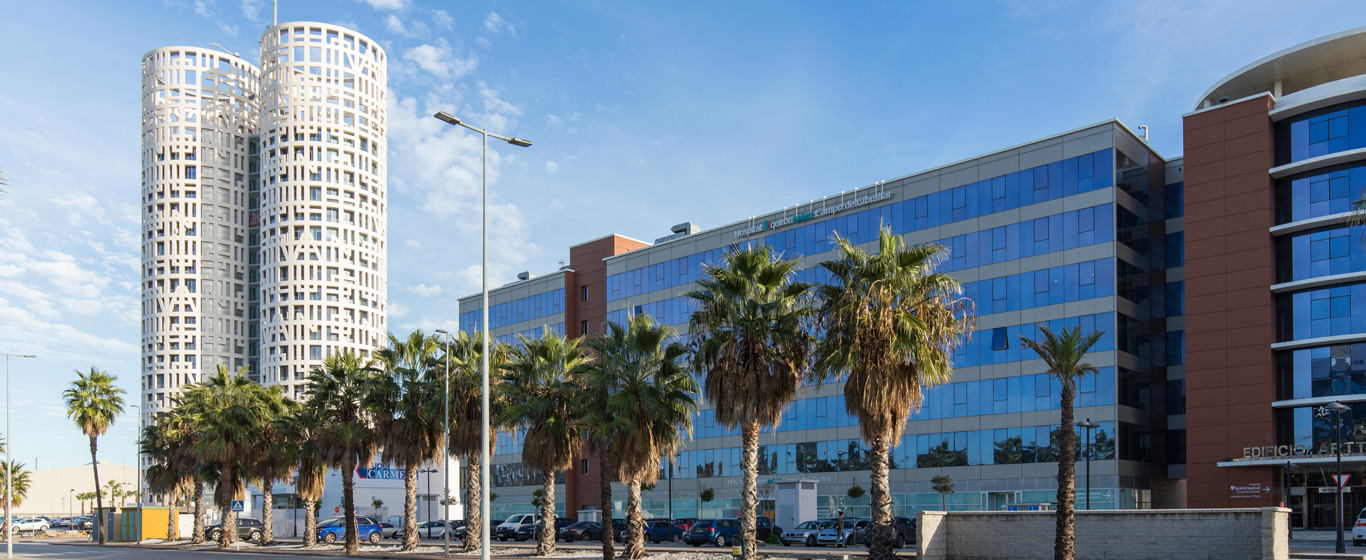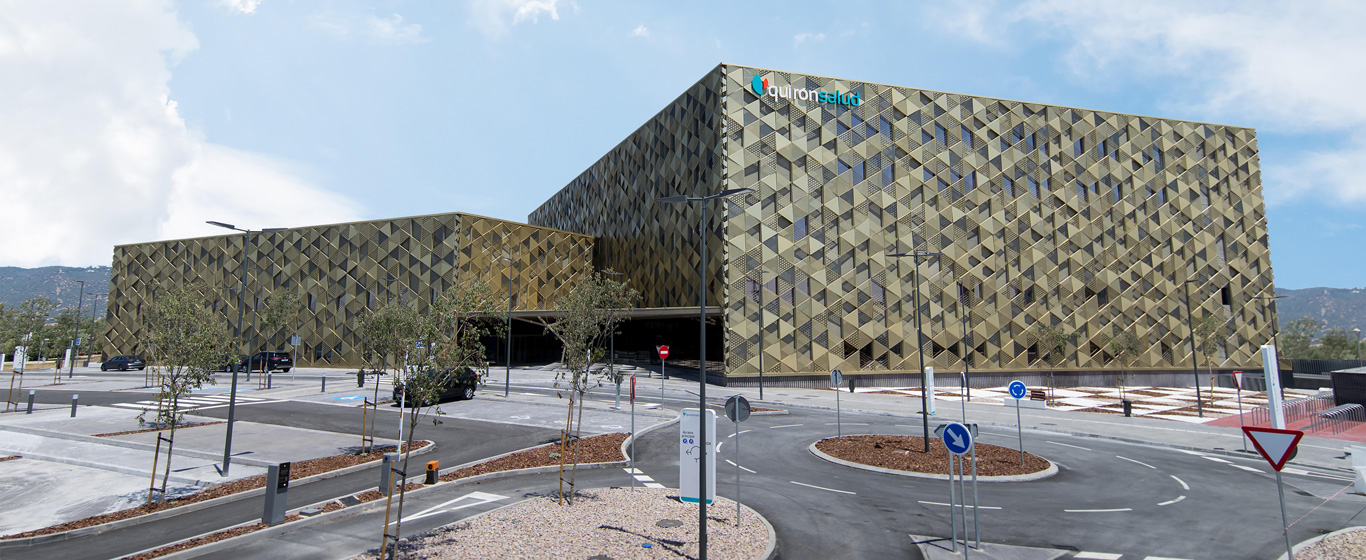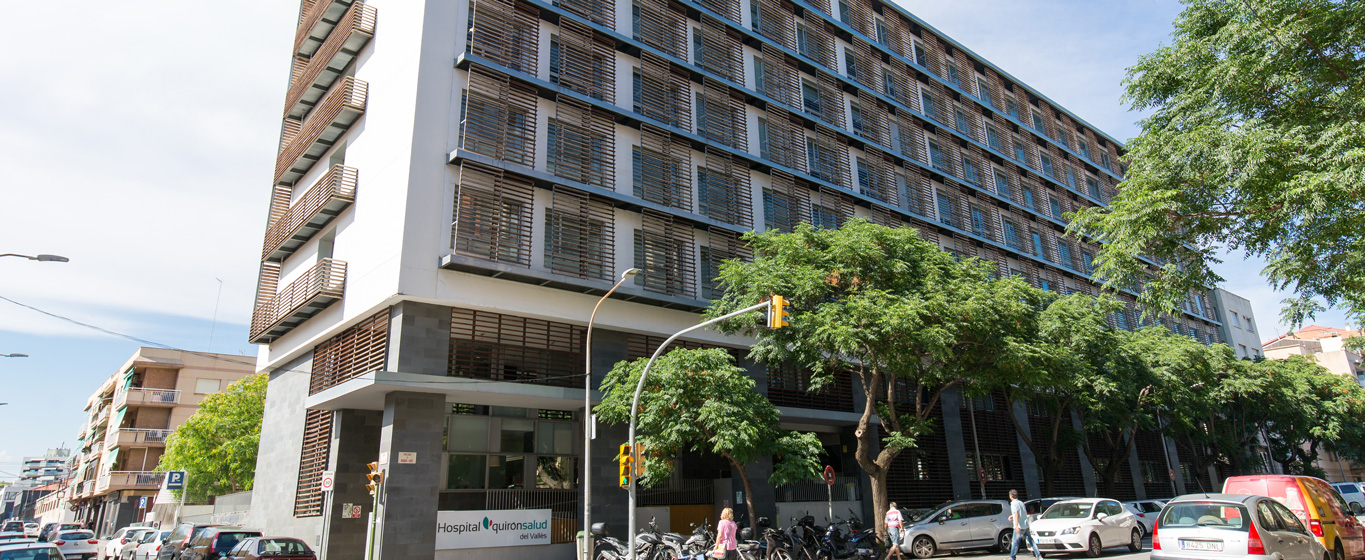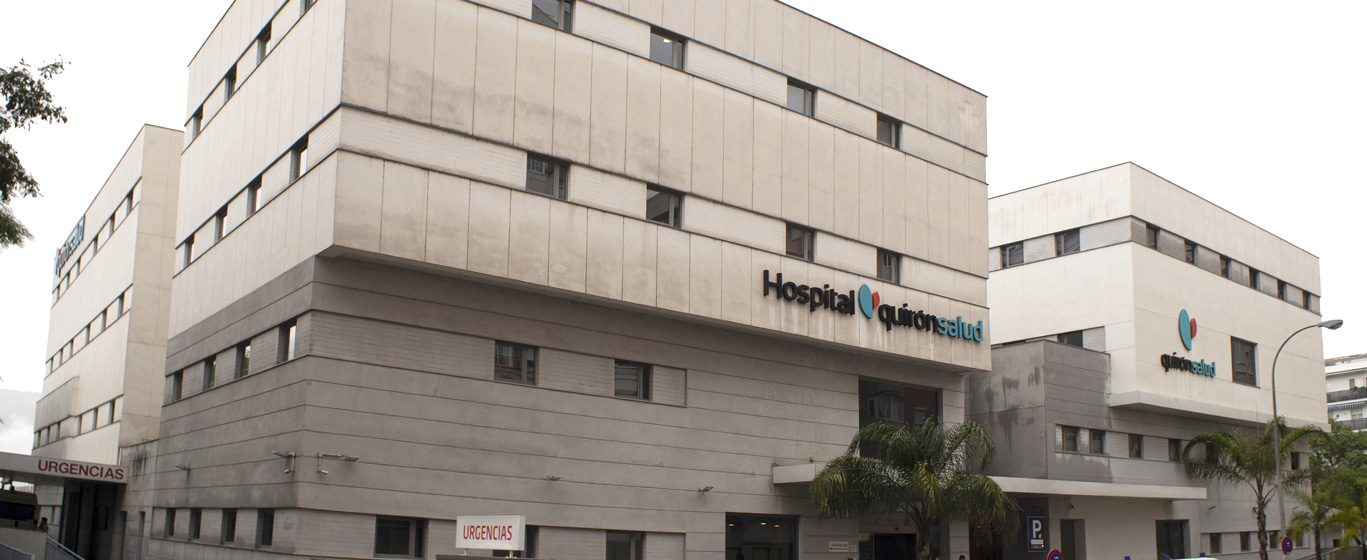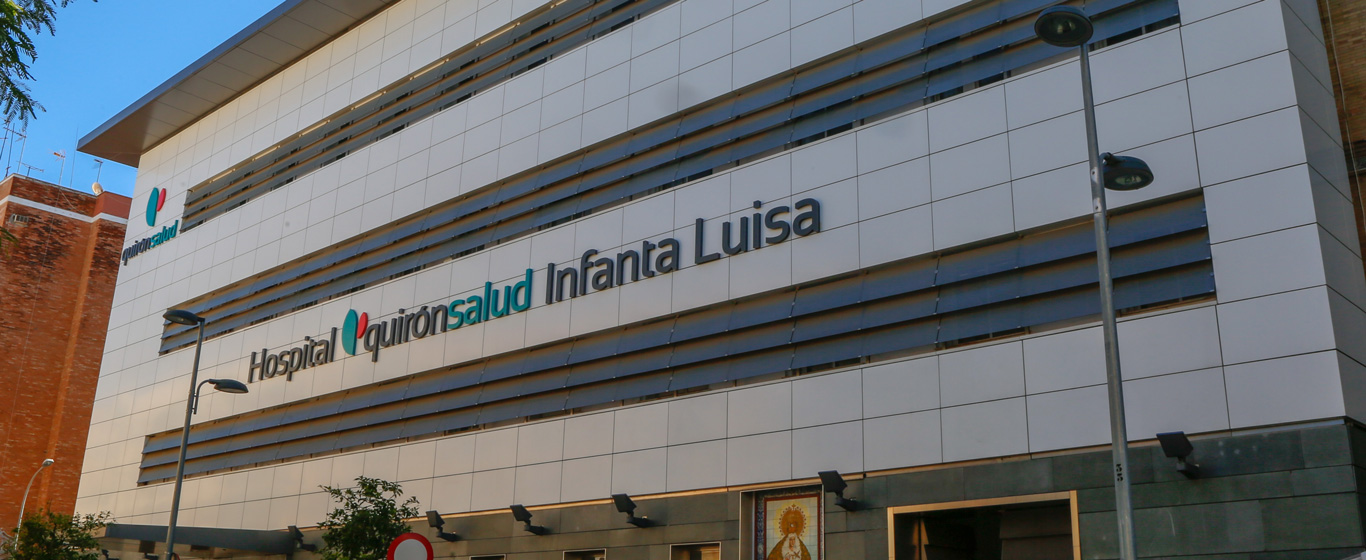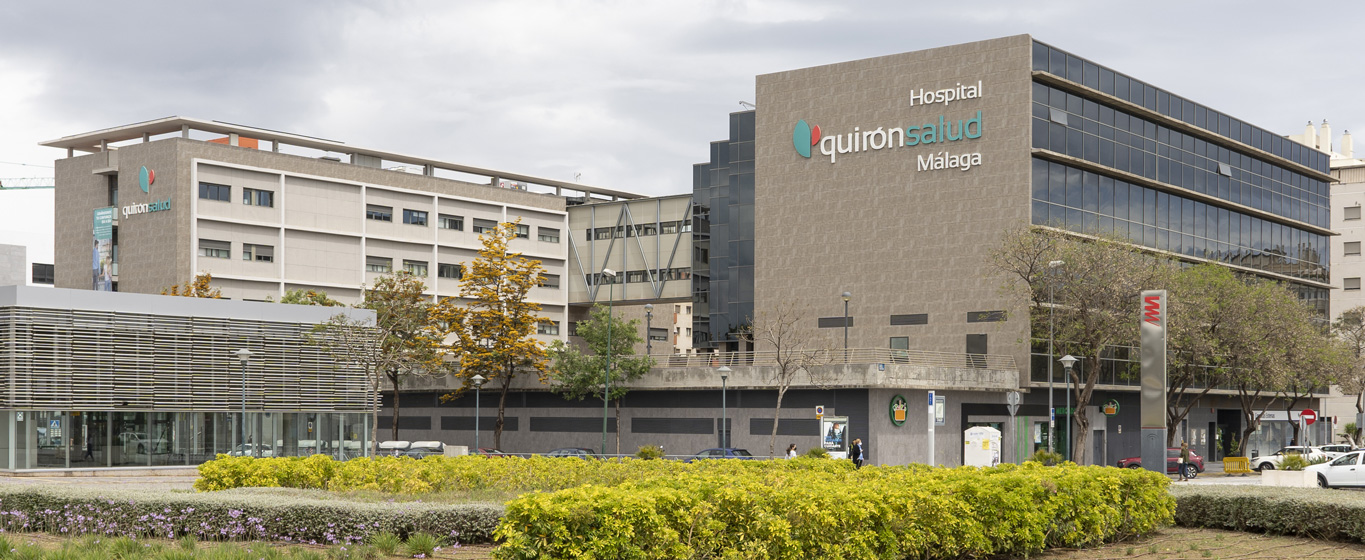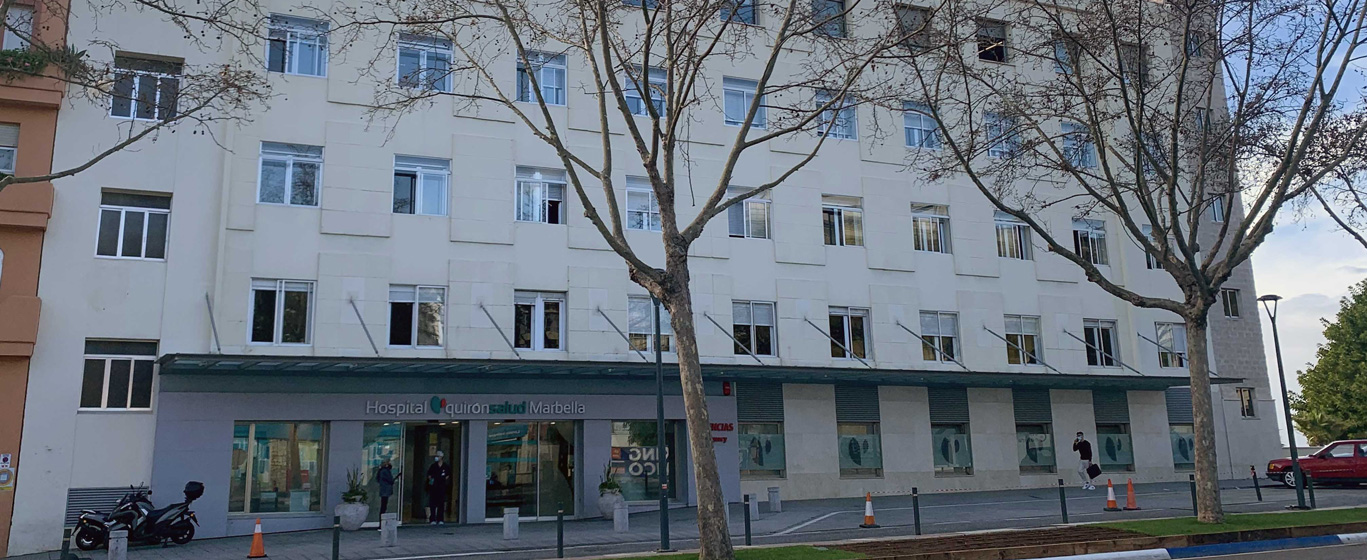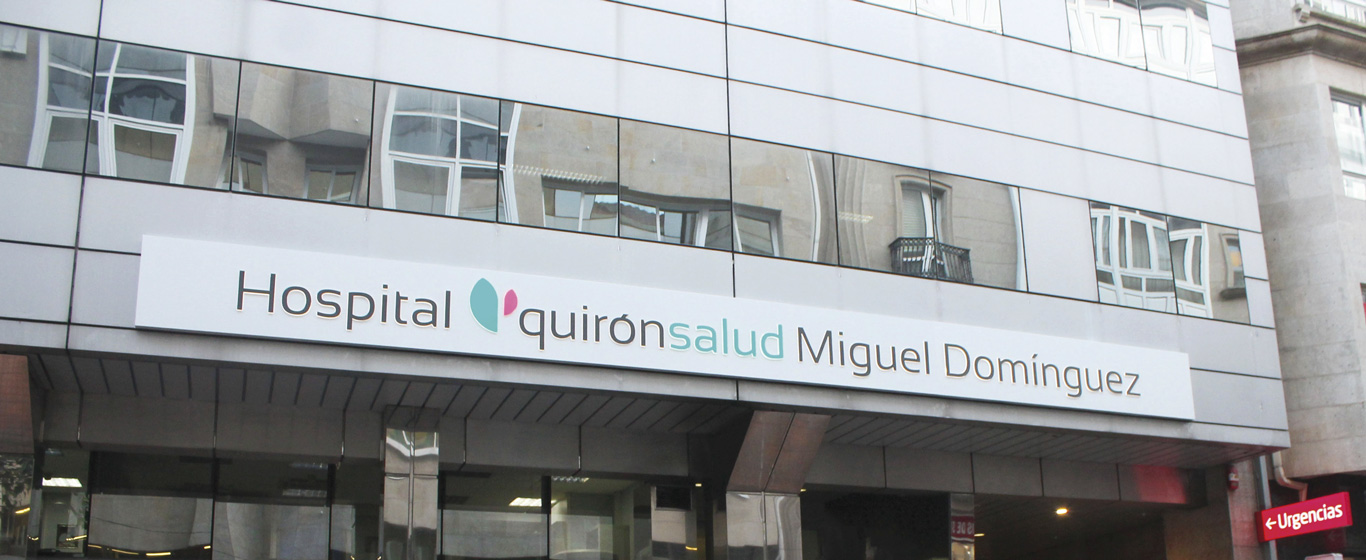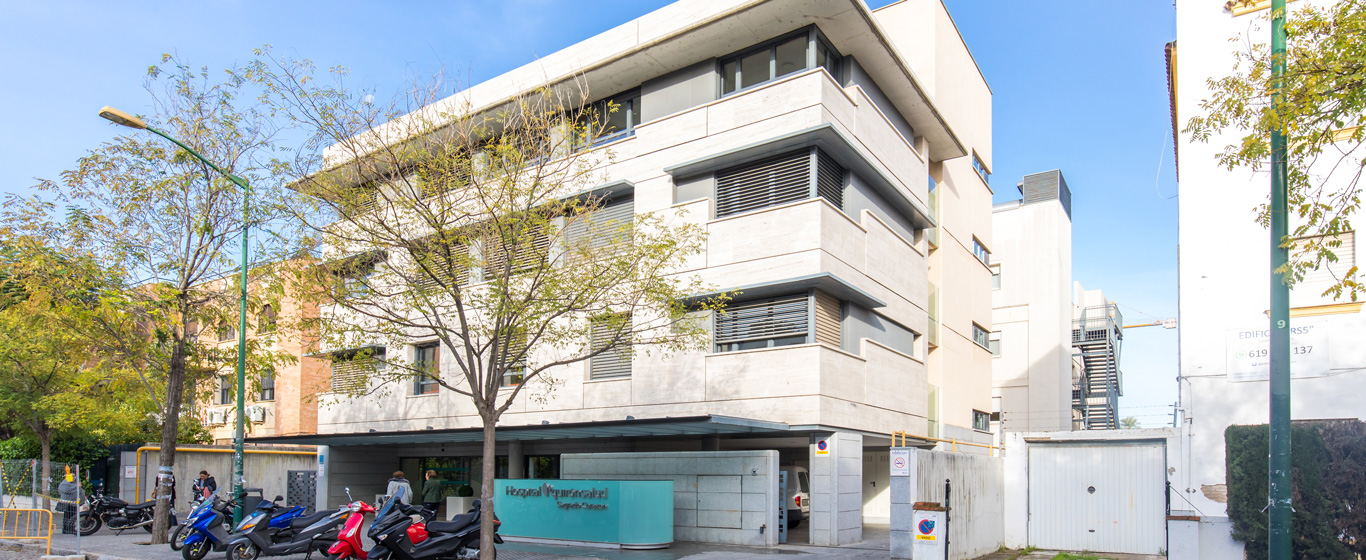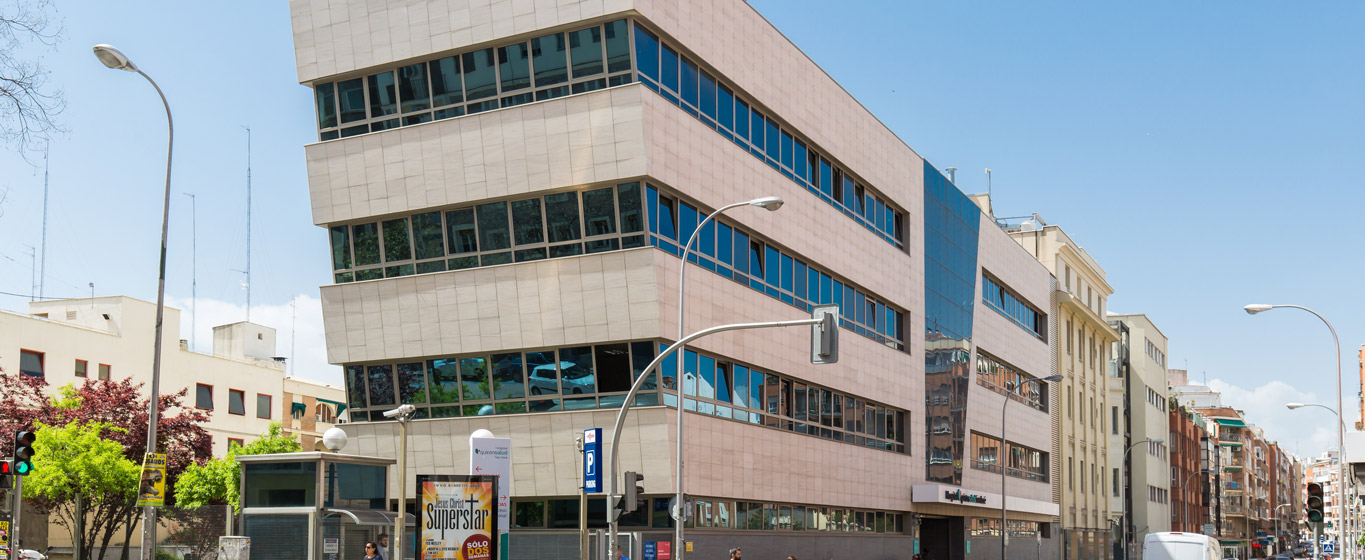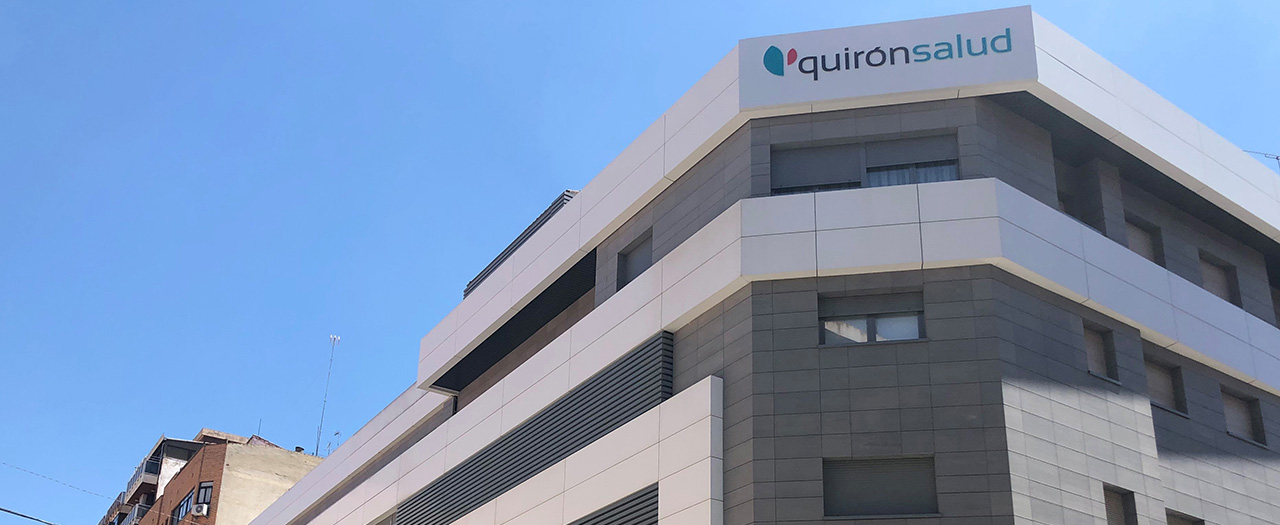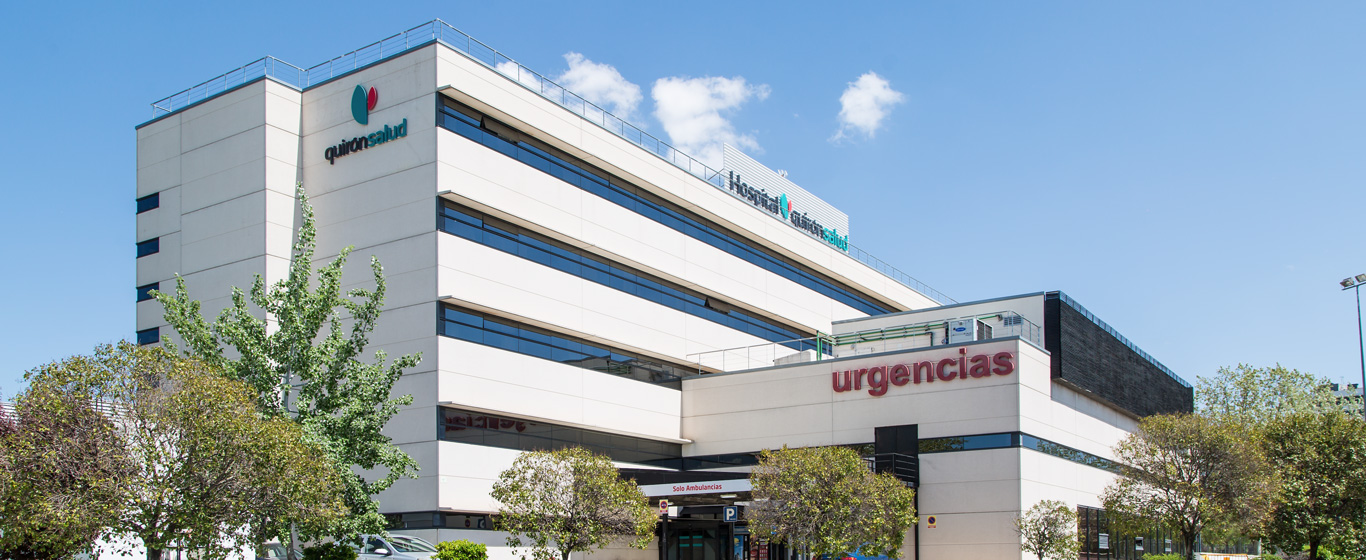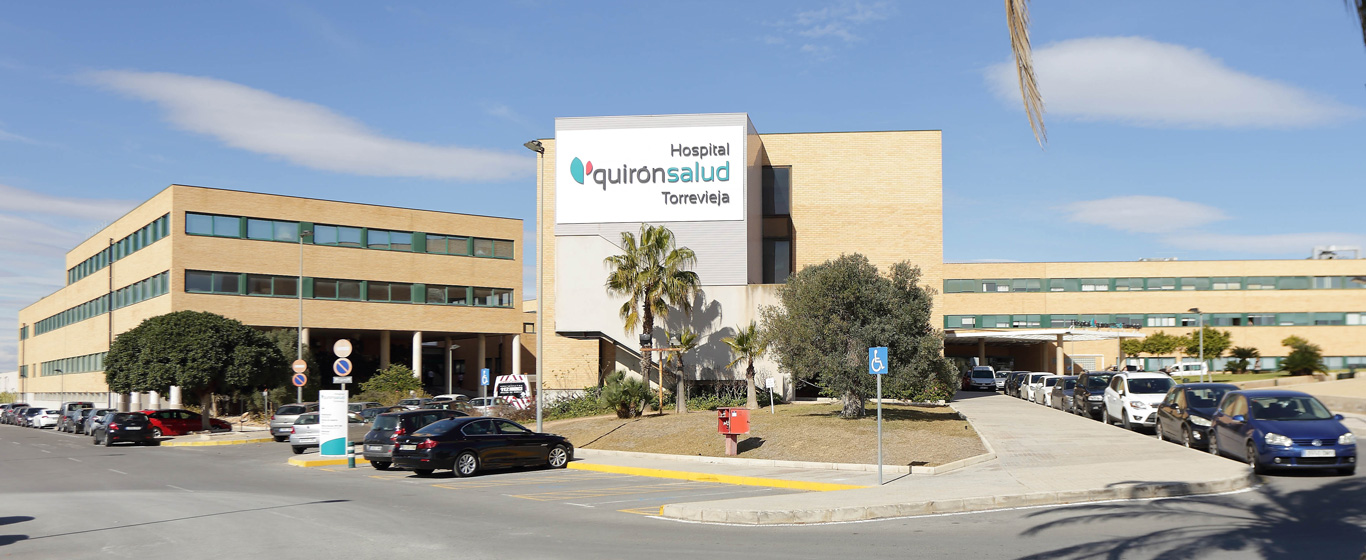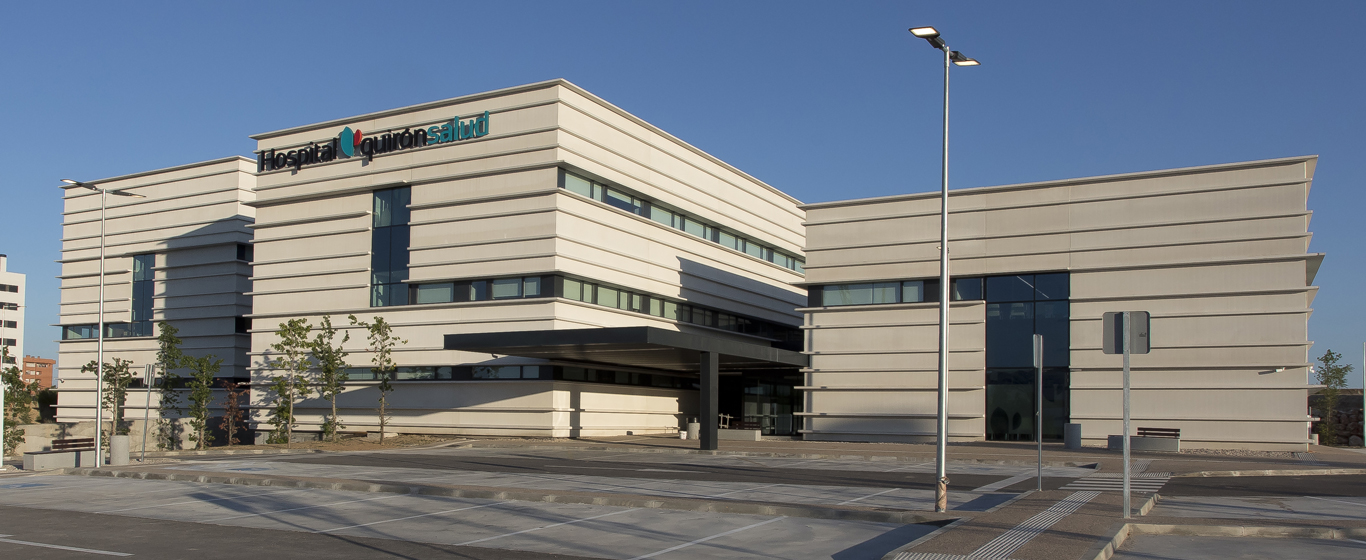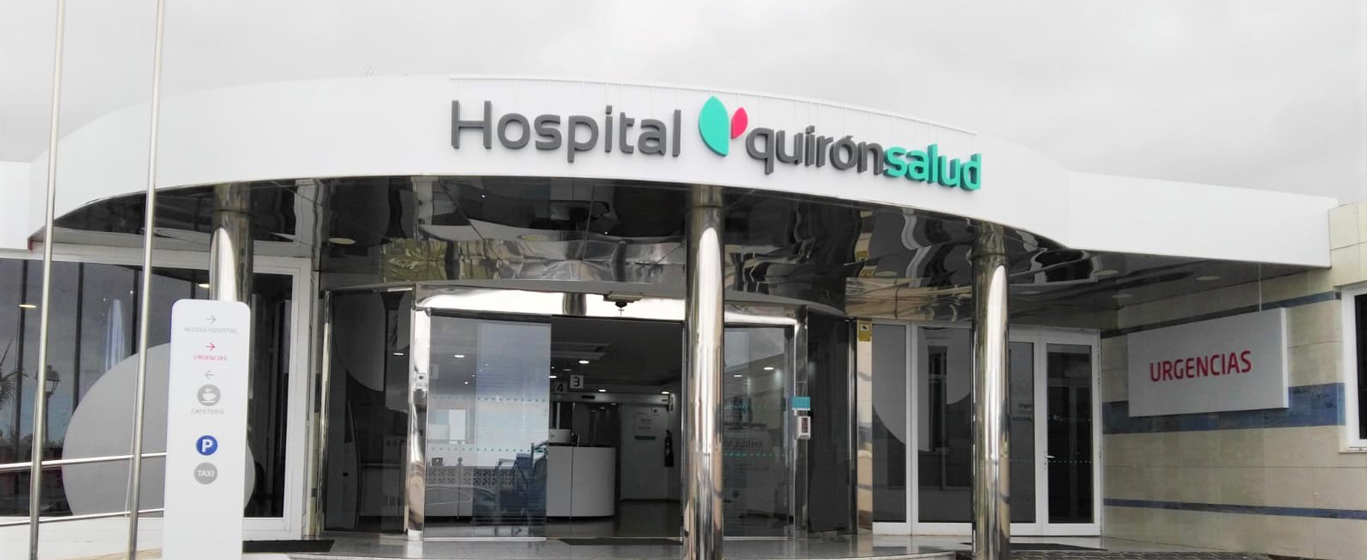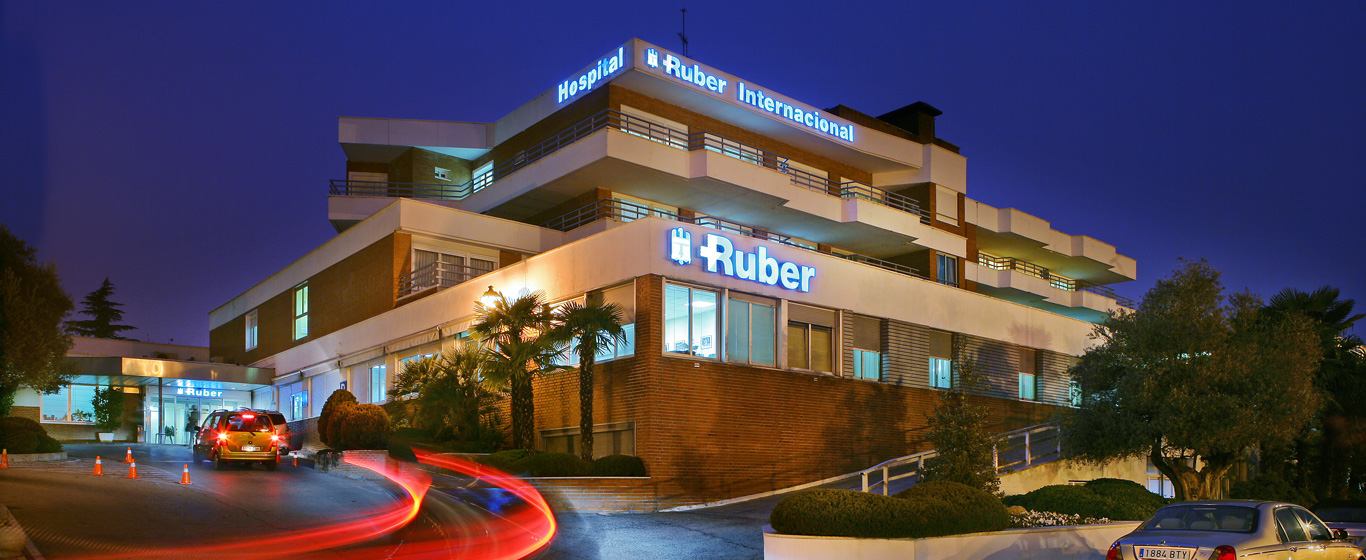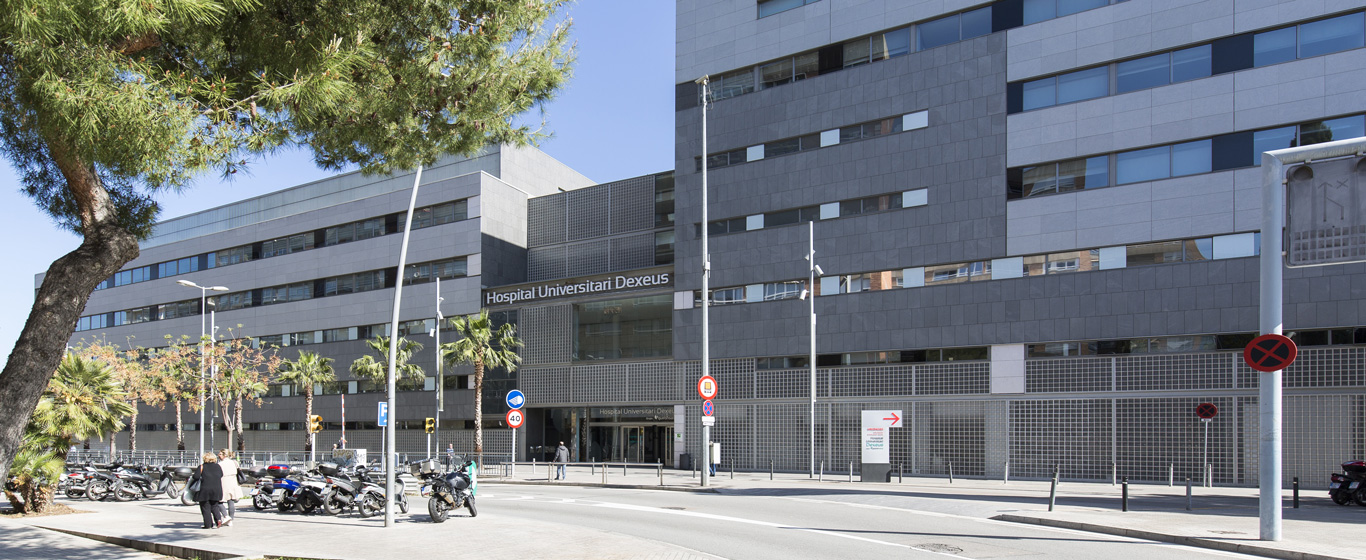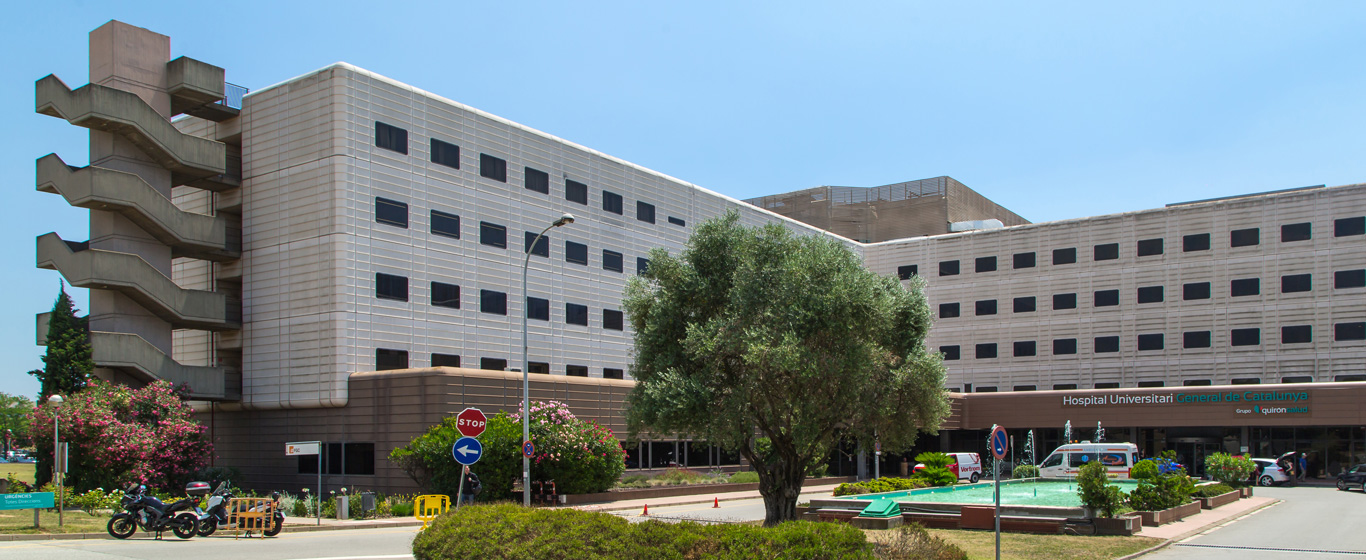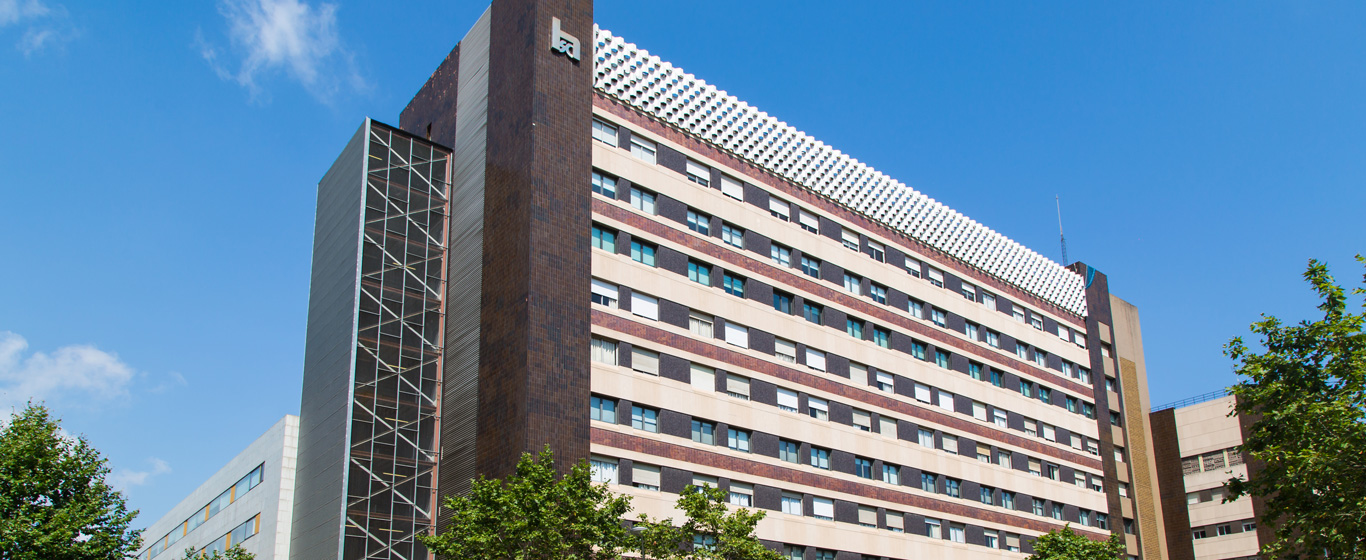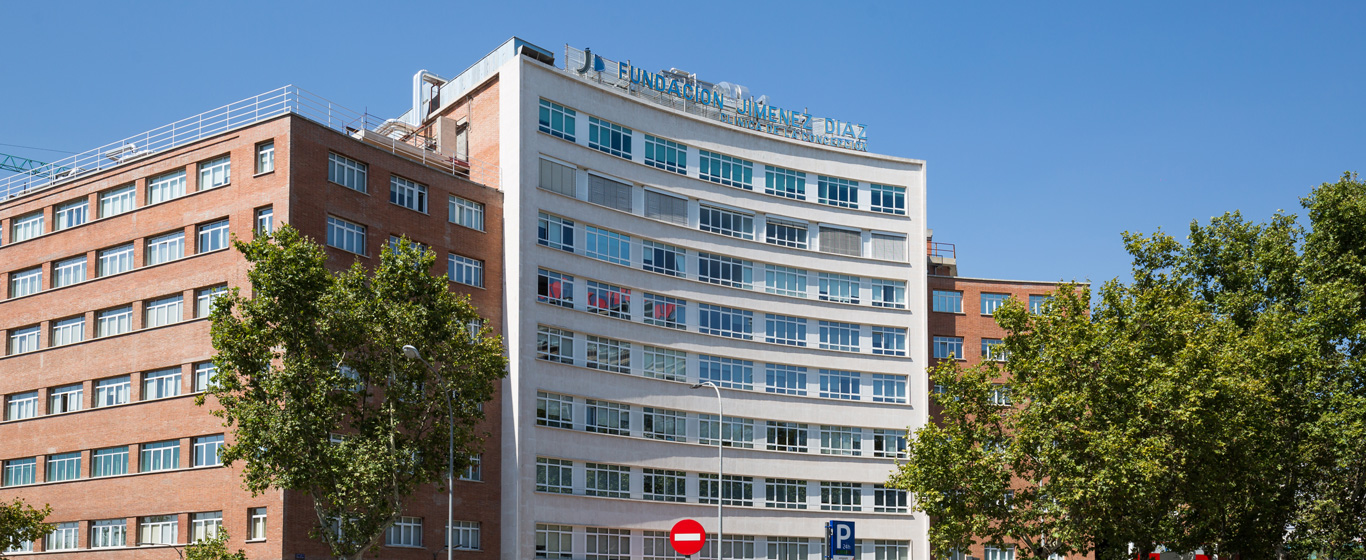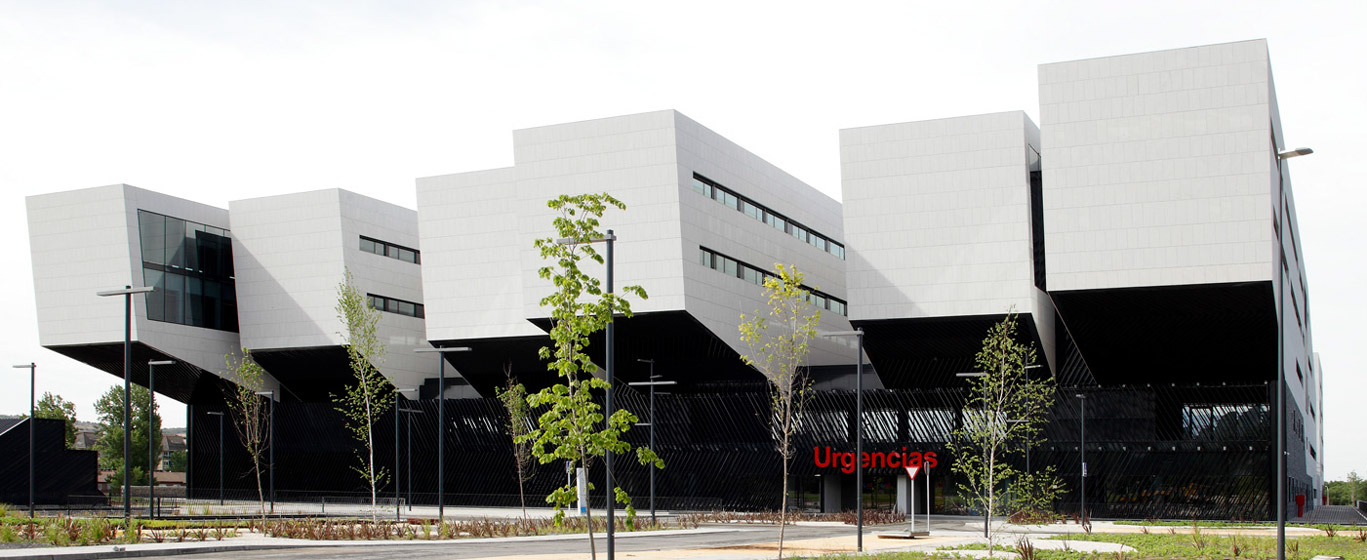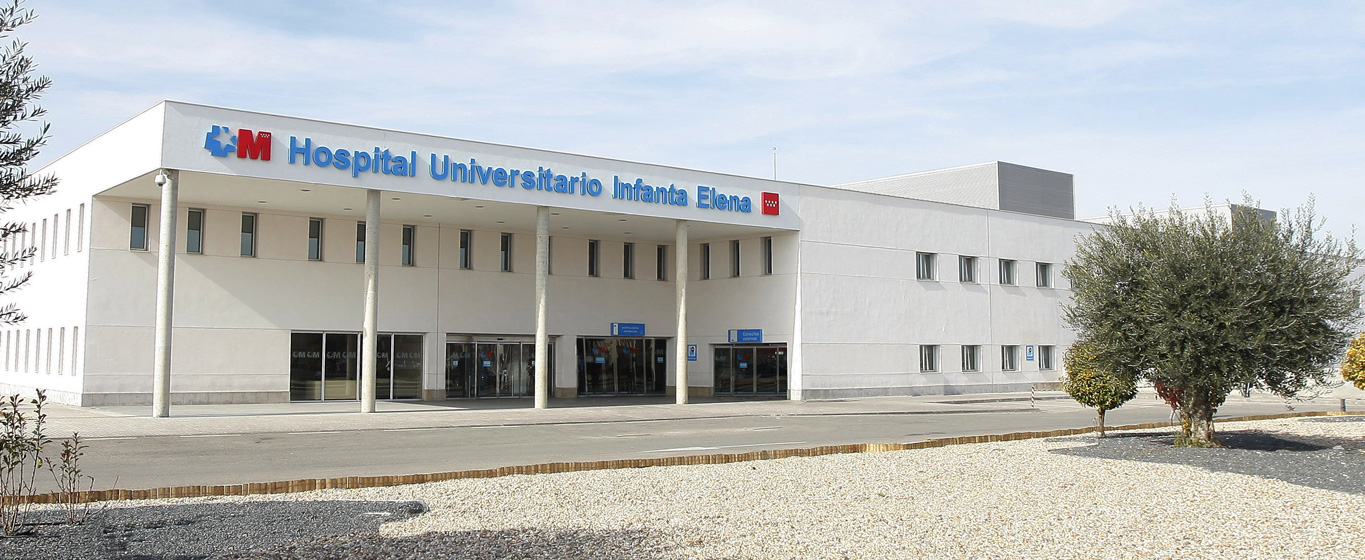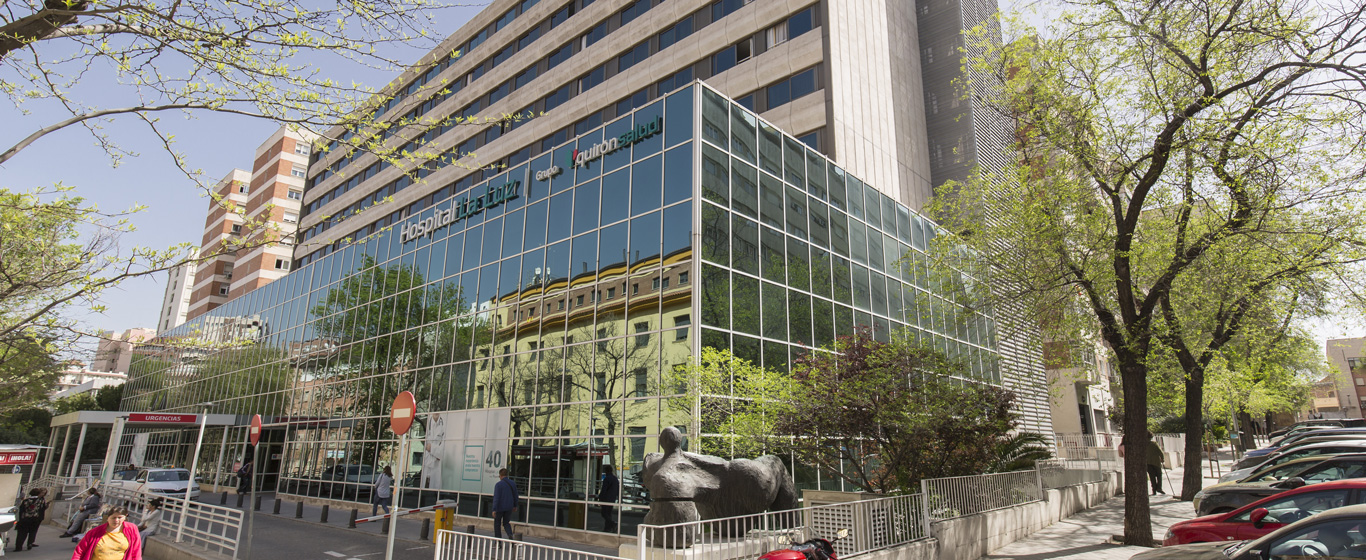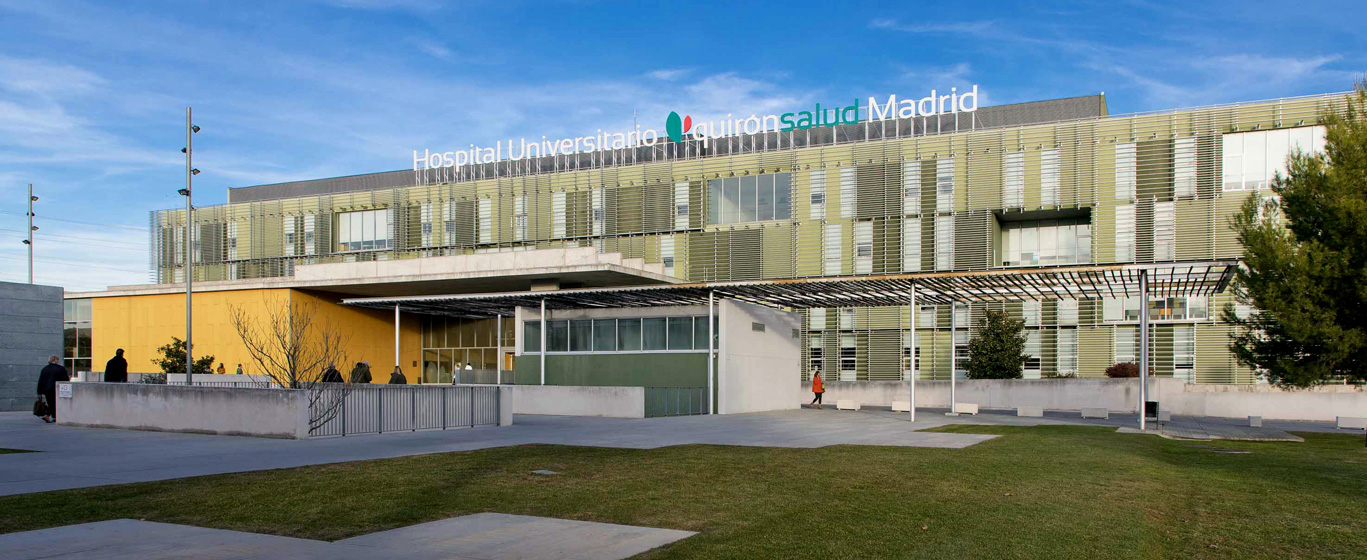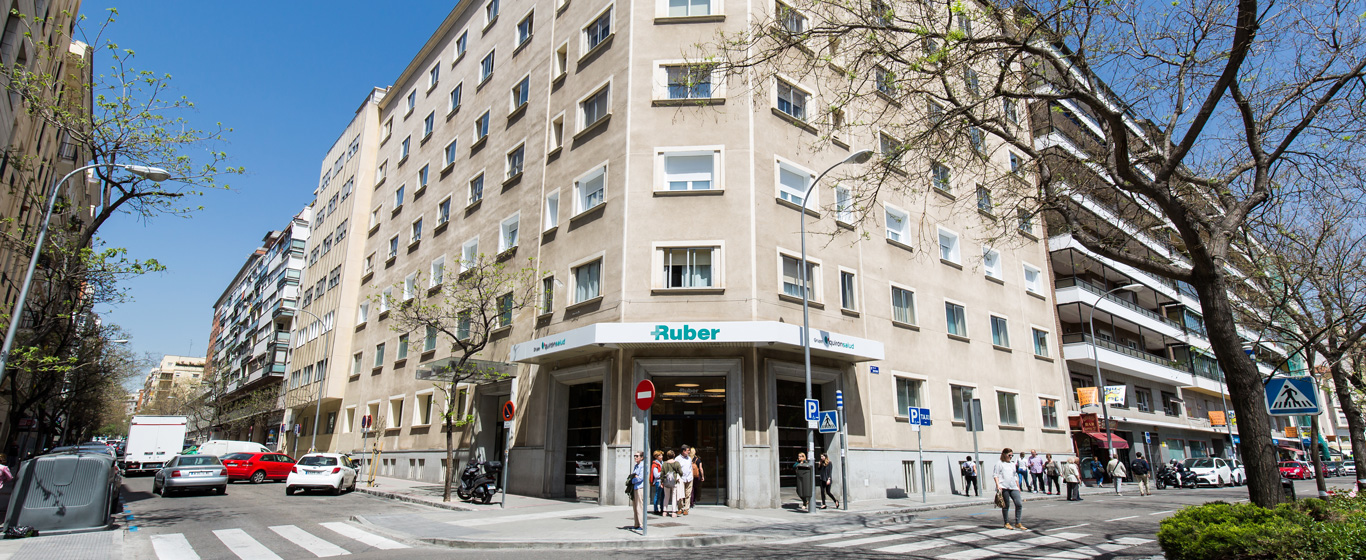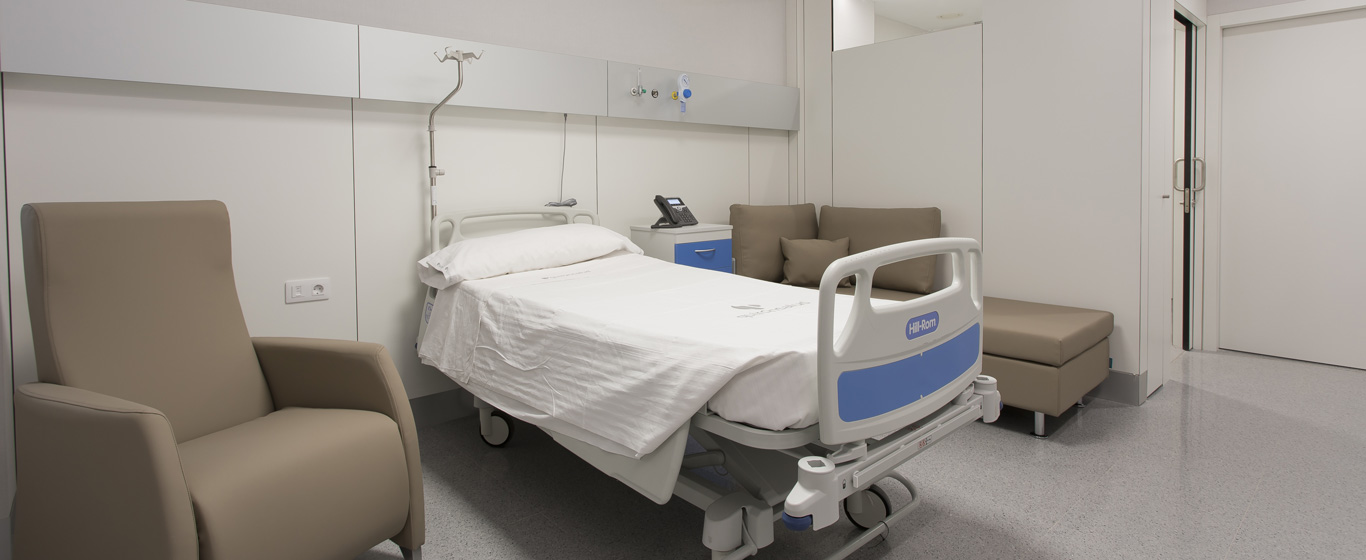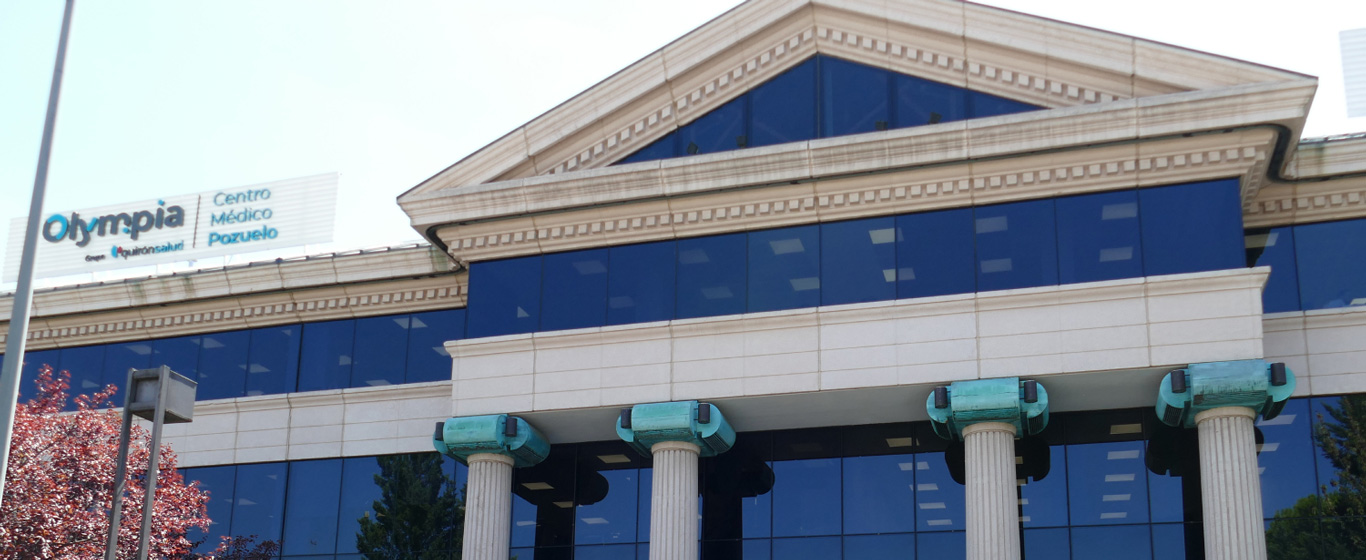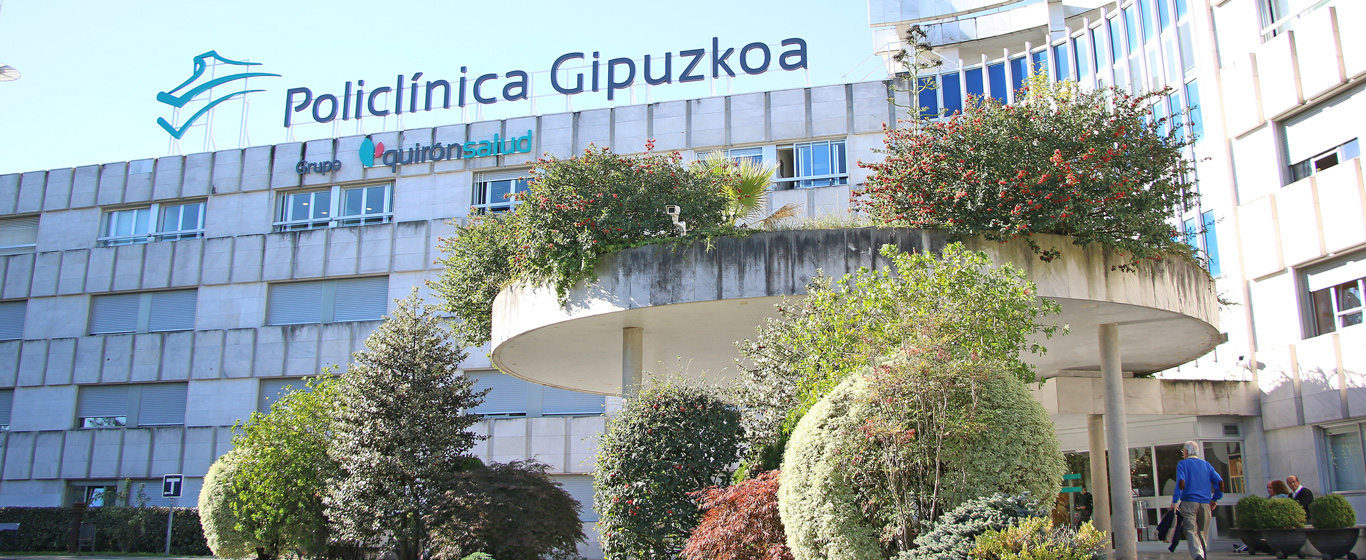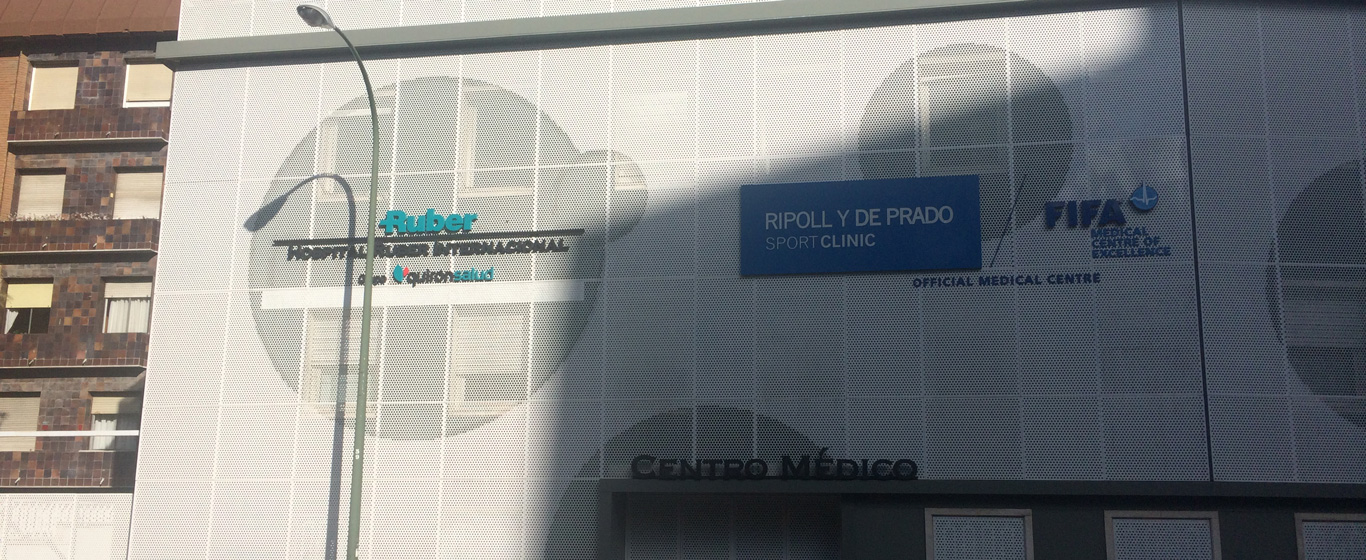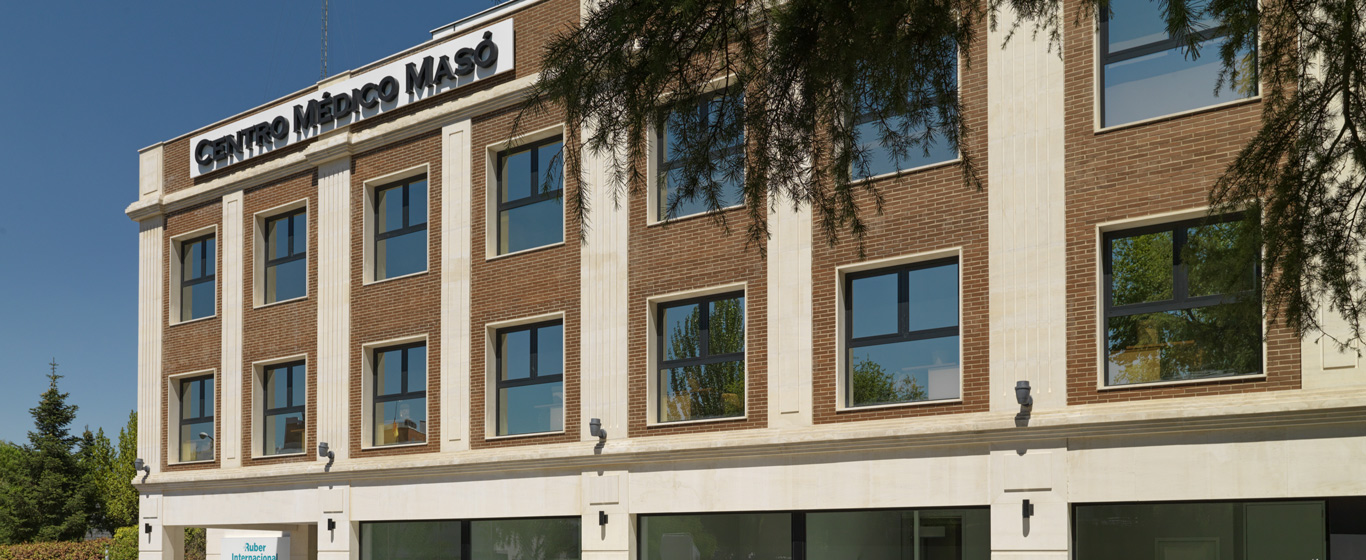Baker’s Cyst
Everything about Baker’s cyst: causes, symptoms, diagnostic methods, and treatment for this fluid accumulation in the knee.
Symptoms and Causes
A Baker’s cyst is the formation of a sac filled with synovial fluid that accumulates in the popliteal fossa, which is the area at the back of the knee. Due to its location, it is also known as a popliteal cyst.
Baker’s cysts usually develop as a result of conditions that cause inflammation and increased synovial fluid, which acts as a lubricant and shock absorber for the joint. Due to the increased pressure inside the joint, the synovial membrane can tear, forming a sac where the fluid accumulates, creating the popliteal cyst. In some cases, a one-way valve mechanism occurs that prevents the fluid from returning to the joint, causing rapid growth and acute symptoms.
The prognosis for a Baker’s cyst is generally positive, as they respond well to treatment. However, their evolution mainly depends on the underlying condition causing them.
Symptoms
When Baker’s cysts cause symptoms, the most common include:
- Lump at the back of the knee: They can be very small and barely noticeable or larger than 5 centimeters. In exceptional cases, they may accumulate over 150 milliliters of fluid, causing neurovascular compression.
- Swelling
- Pain
- Stiffness
- Difficulty bending the knee
- Sensation of instability or joint locking
Causes
A Baker’s cyst forms when there is an excess of synovial fluid in the knee, usually due to an underlying disease or injury to the joint.
Risk Factors
Joint diseases that involve inflammation increase the amount of fluid in the knee, raising the risk of developing Baker’s cysts. The most common are:
- Arthritis
- Osteoarthritis
- Rheumatoid arthritis
- Arthrosis
- Gout
- Meniscus or ligament tears
- Knee trauma
Complications
The main complication of a Baker’s cyst is rupture of the sac, releasing fluid into the popliteal cavity and extending into the calf. This condition causes intense pain, swelling, warmth, and redness in the calf.
In these cases, immediate medical attention is necessary to prevent inflammation from leading to deep vein thrombosis (formation of a blood clot in the leg veins).
Prevention
Baker’s cysts cannot be prevented, as they are associated with other underlying diseases.
To reduce the risk of formation, it is recommended to:
- Wear appropriate footwear (wide toe box and no heels)
- Avoid overusing the knee
- Warm up before exercising
- Stretch properly after sports practice
- Follow a balanced diet
Which doctor treats a Baker’s cyst?
A popliteal cyst is diagnosed and treated in the orthopedic surgery and traumatology clinic.
Diagnosis
The diagnosis of a Baker’s cyst typically follows these steps:
- Medical history: Review of the patient’s clinical history and symptoms.
- Physical examination:
- Visual inspection
- Palpation of the posterior area
- Assessment of mobility and range of motion
- Comparison with the healthy knee
- Imaging diagnostic tests:
- Ultrasound: Used to assess the nature of the cyst and determine if it is solid (possible tumor) or fluid-filled.
- Magnetic resonance imaging (MRI): Provides information about the cyst and detects damage to other knee structures.
- X-ray: Although it does not show soft tissues or the cyst, specialists use it to detect bone pathologies or joint space narrowing.
Treatment
Treatment of a Baker’s cyst varies depending on its severity and the intensity of symptoms:
- Watchful waiting: Allowing it to resolve on its own with relative rest or avoiding activities that worsen discomfort.
- Oral medications: Anti-inflammatory drugs to reduce swelling and painkillers to relieve pain.
- Injectable medications: Corticosteroid injections directly into the joint to reduce inflammation.
- Physical therapy: Exercises to strengthen muscles and promote movement.
- Management and treatment of the underlying joint disease (arthrosis, arthritis, meniscal tears).
- Fine-needle aspiration: Using ultrasound guidance, a needle is inserted into the cyst to aspirate its contents. Relief is immediate since the sac is completely emptied, and daily activities can typically resume within 24 to 48 hours.
- Surgical treatment: Surgery is required when the cyst recurs multiple times after aspiration.
- Arthroscopy: A minimally invasive procedure in which the knee is accessed through two or three small incisions. The fluid is removed from the cyst, and the underlying cause is treated.
- Open surgery: Used when the cyst is very large or affects blood vessels or nerves. An incision is made at the back of the knee, the sac is removed, and the underlying pathology is treated.






